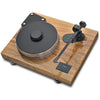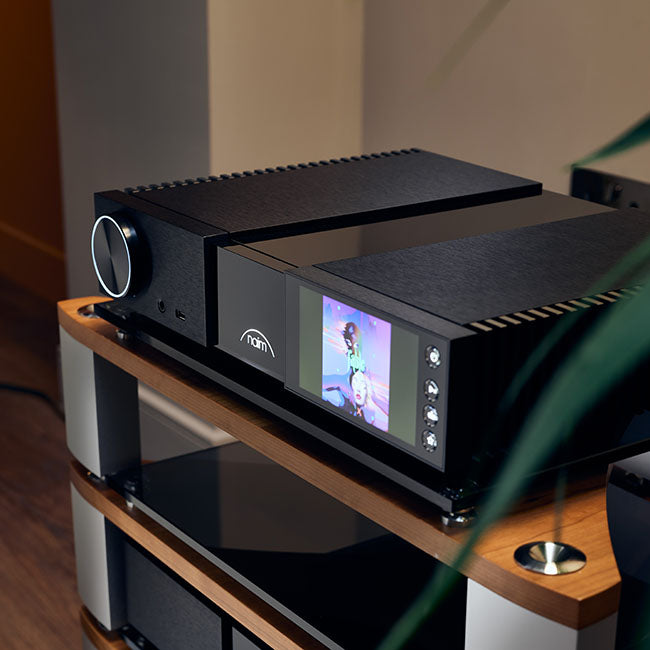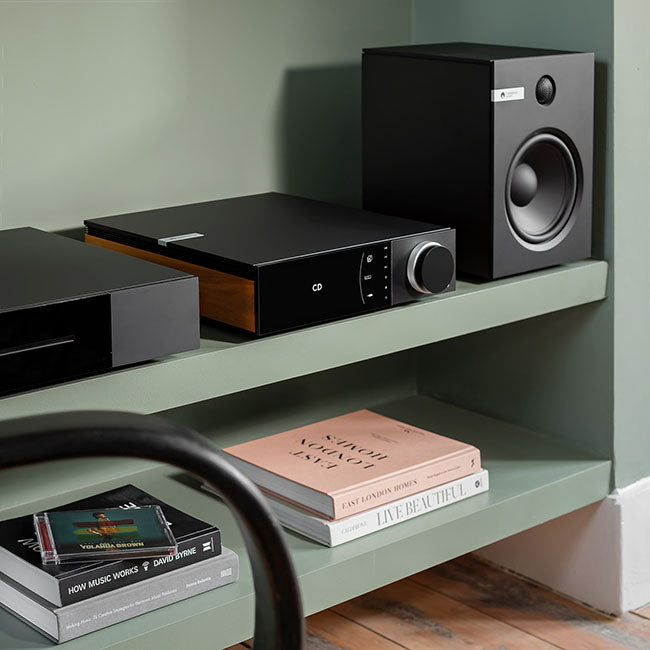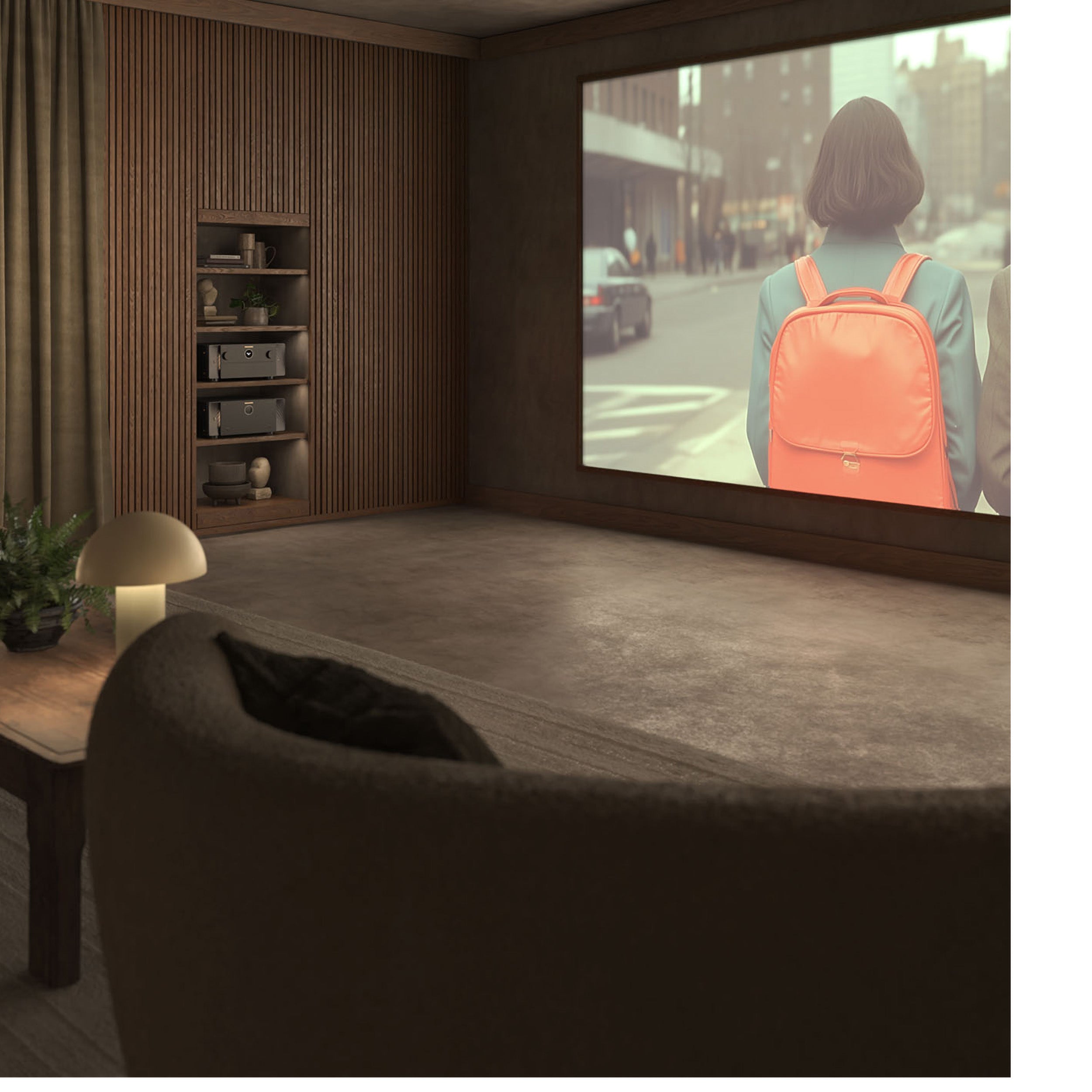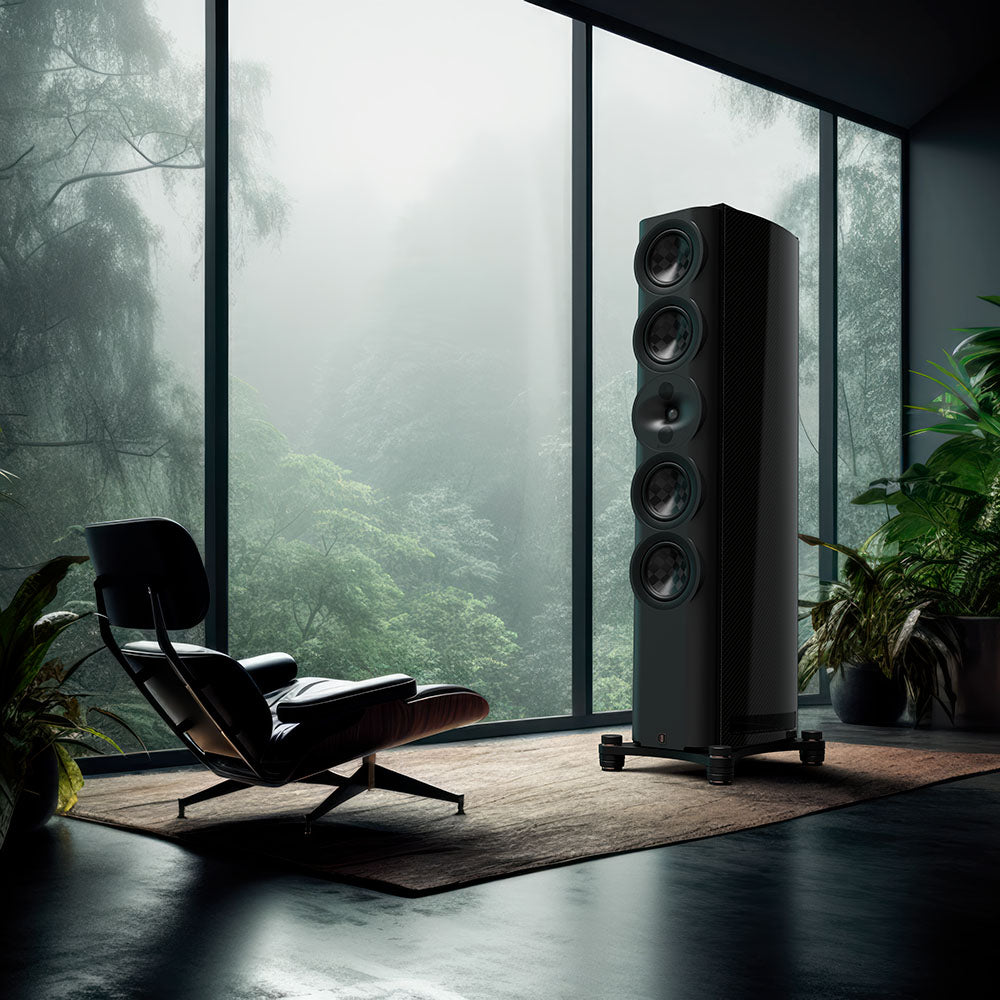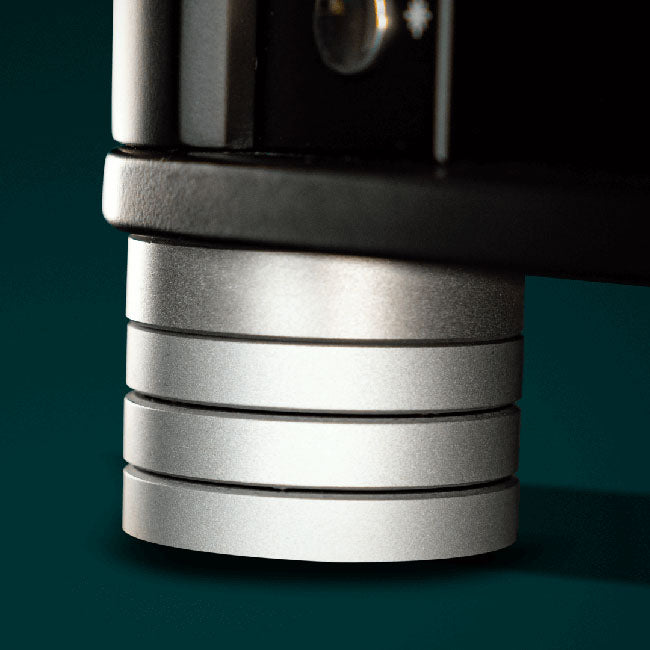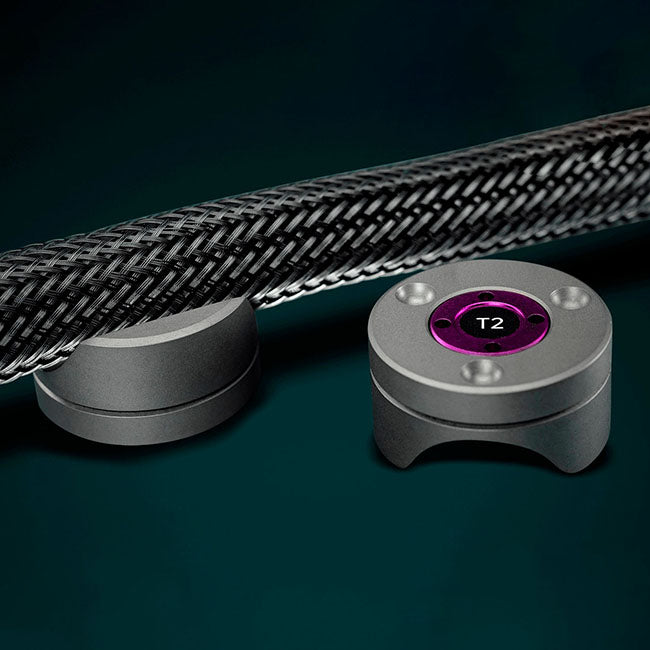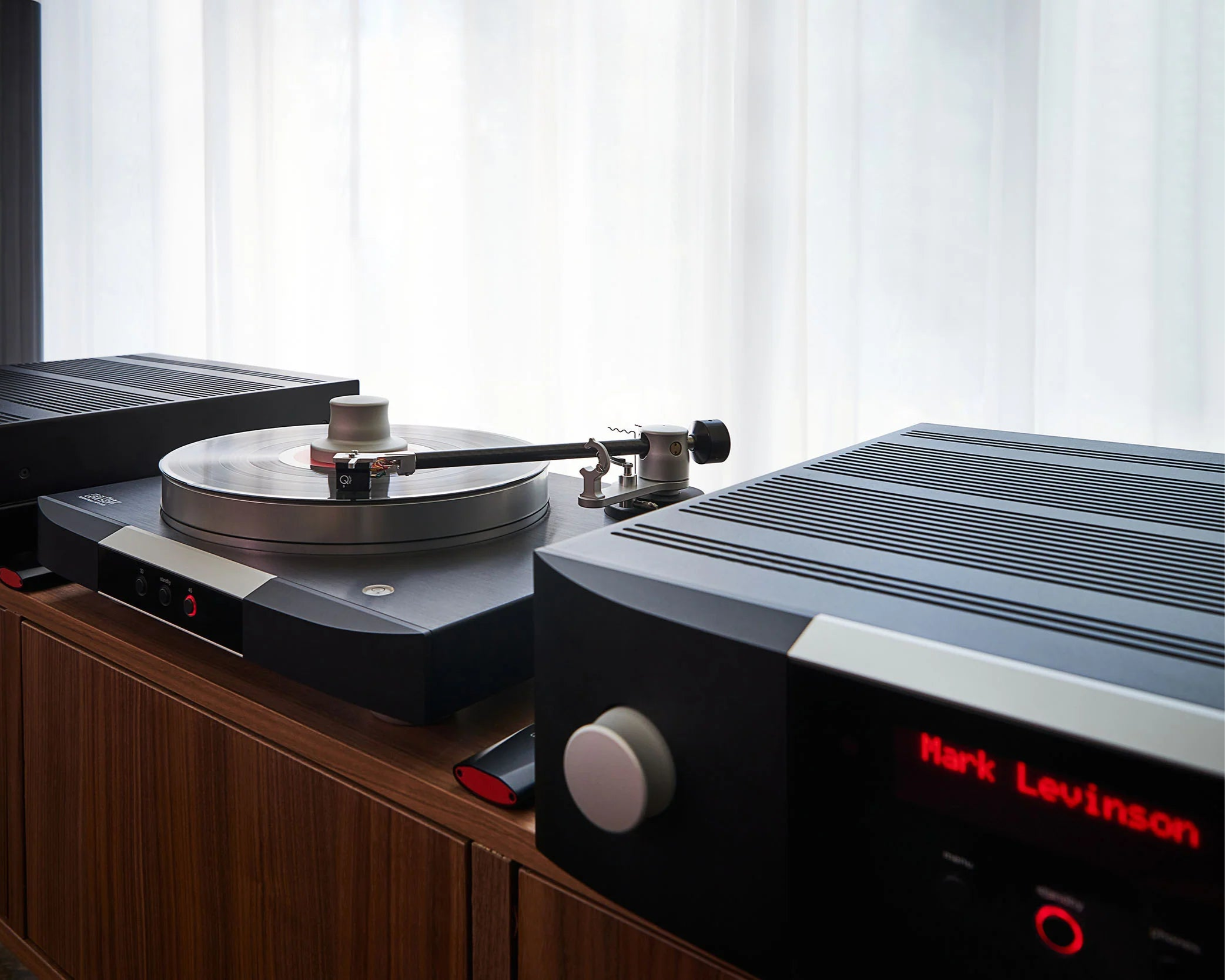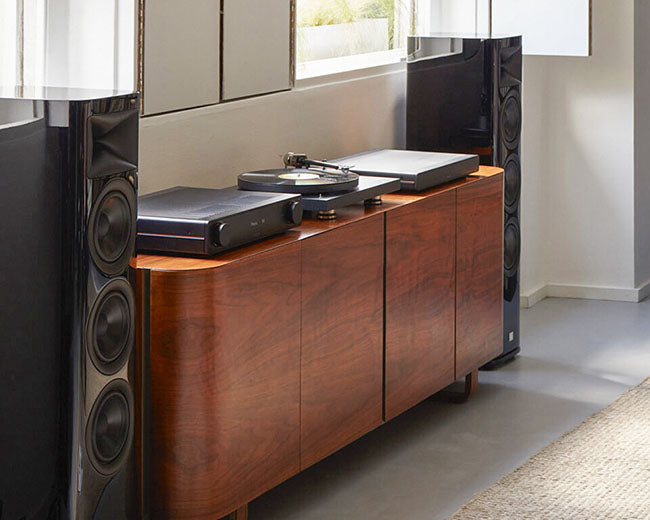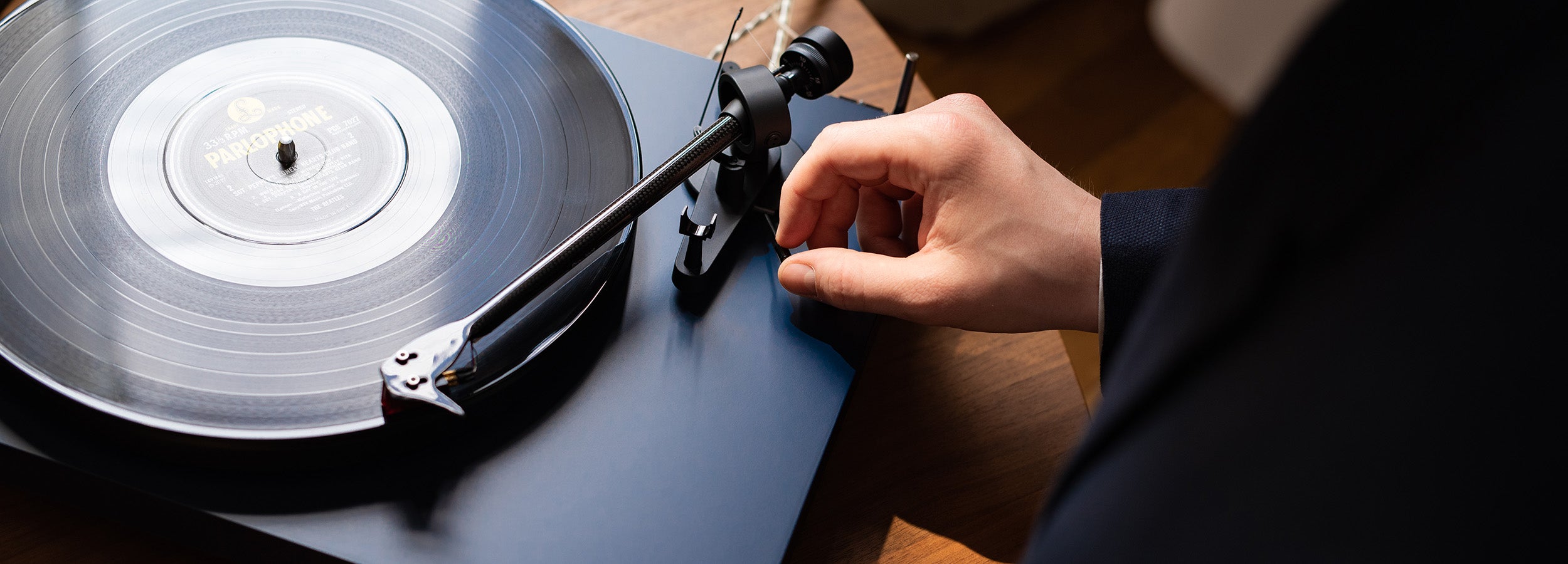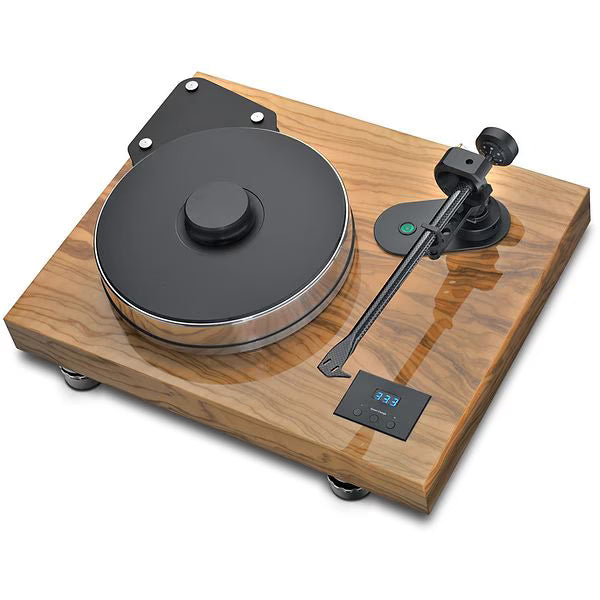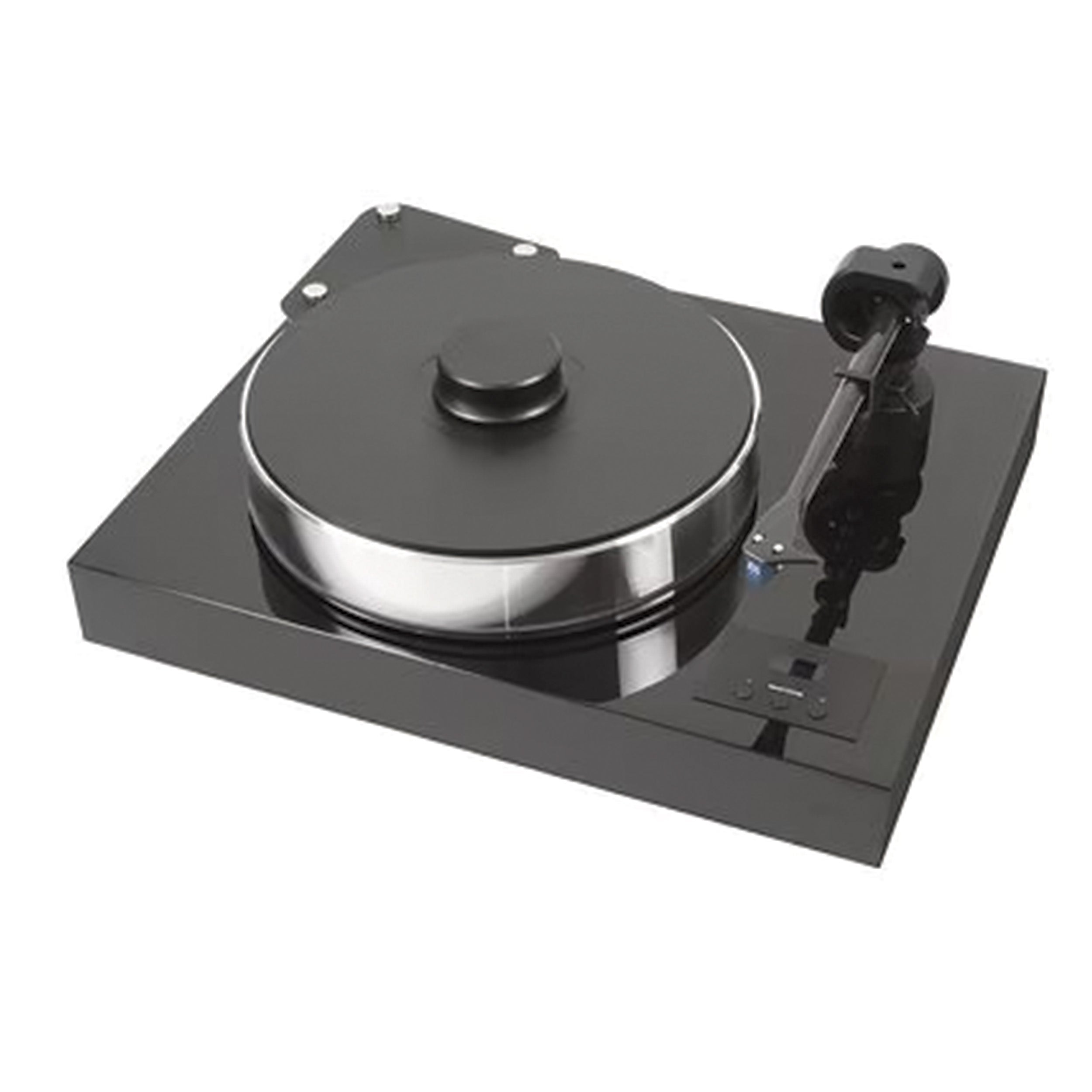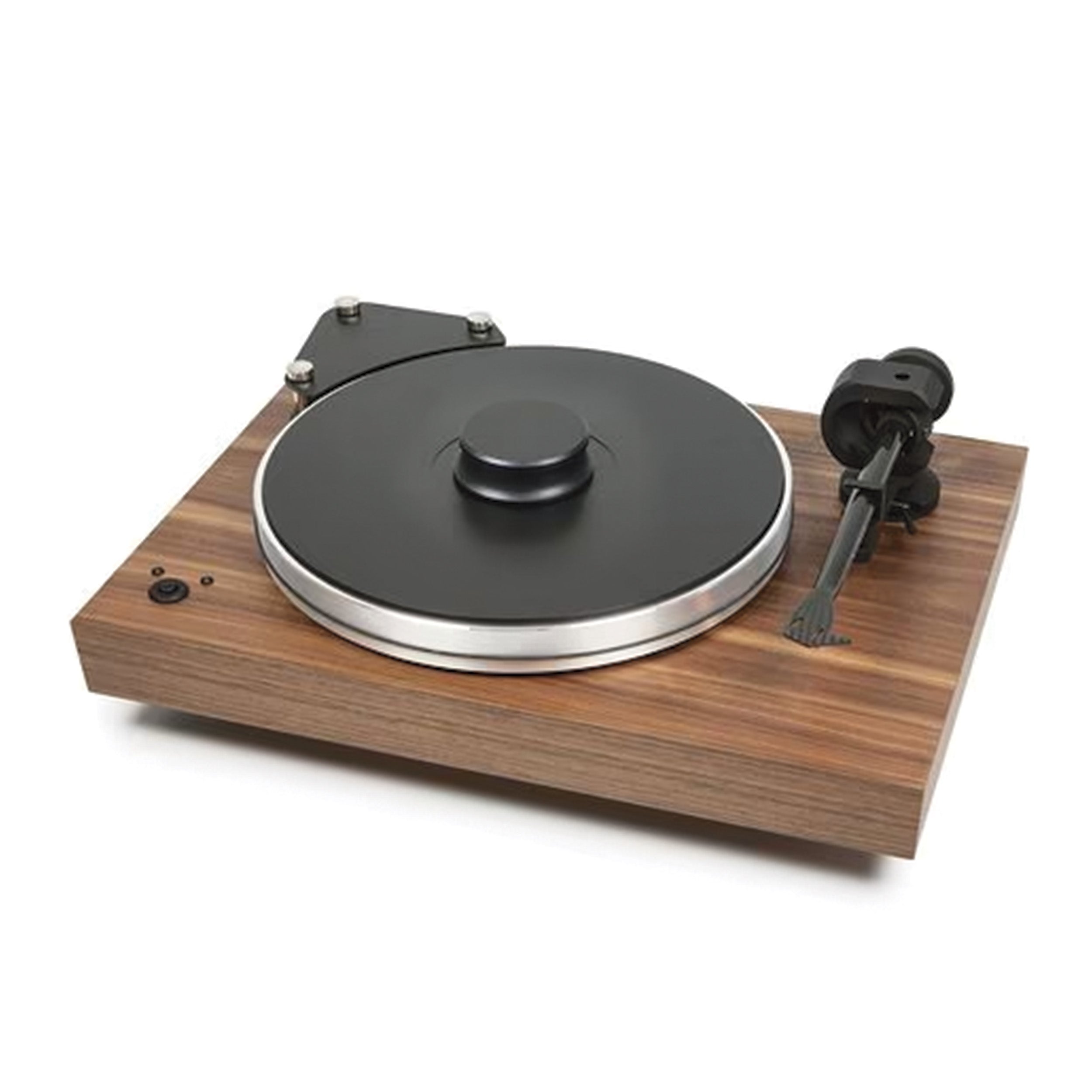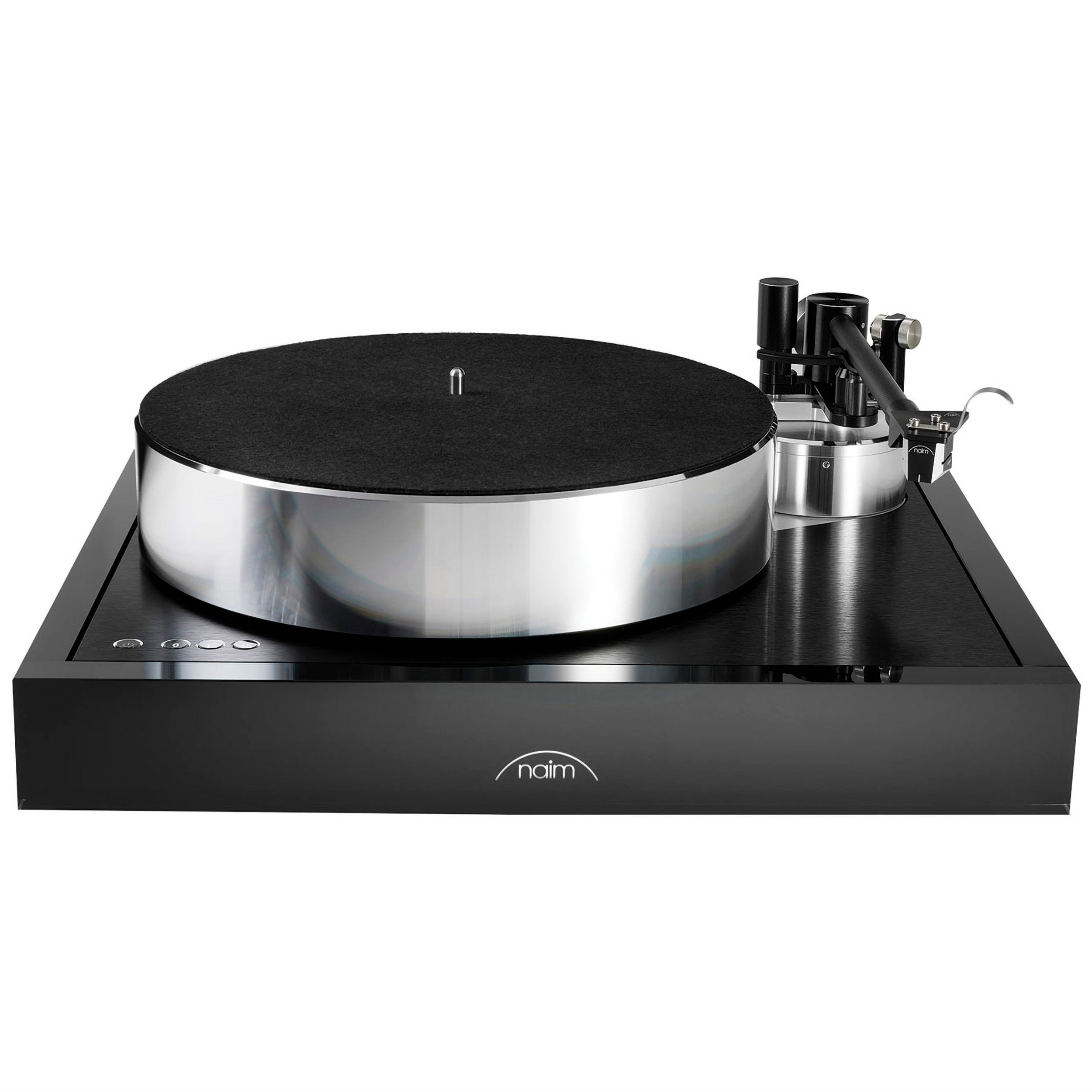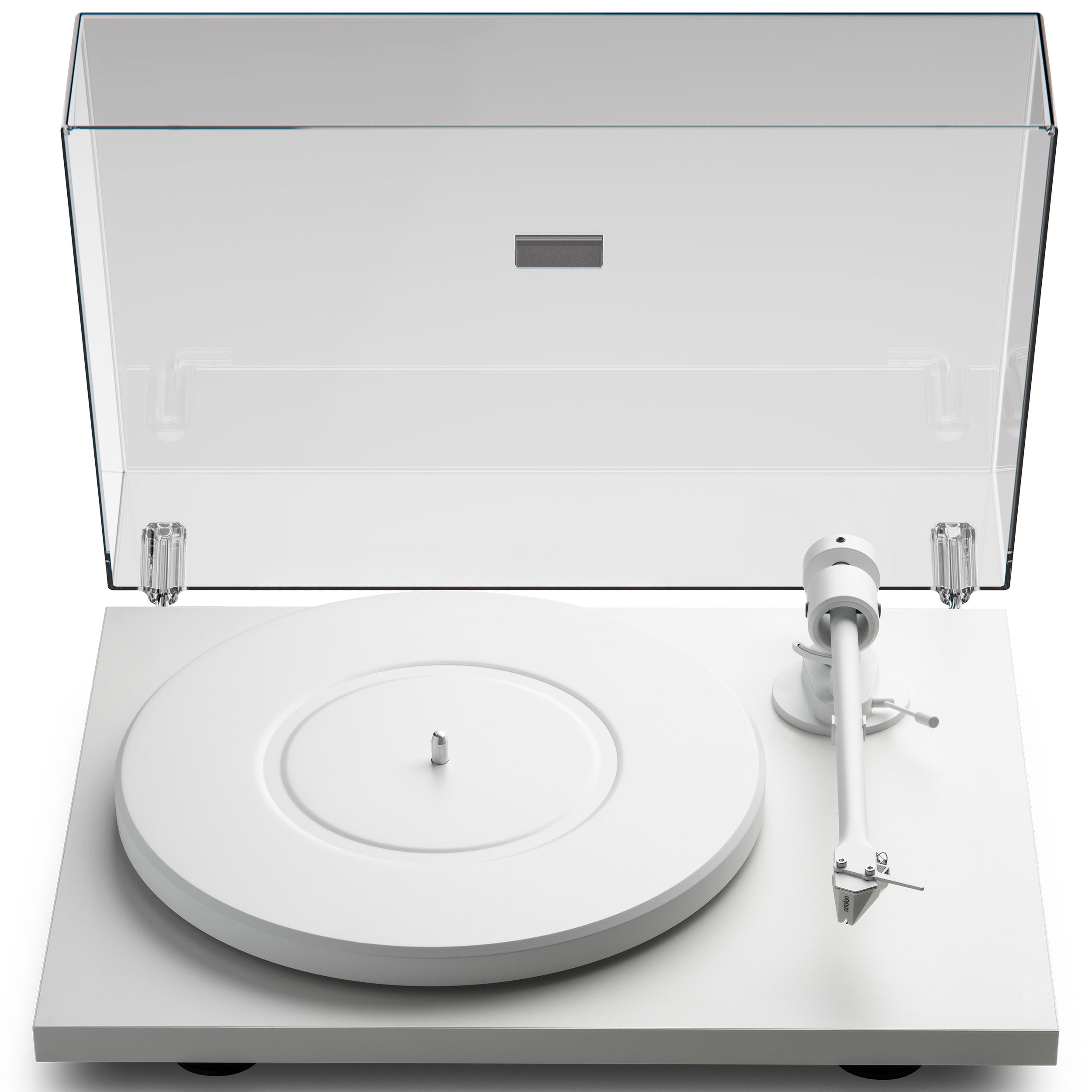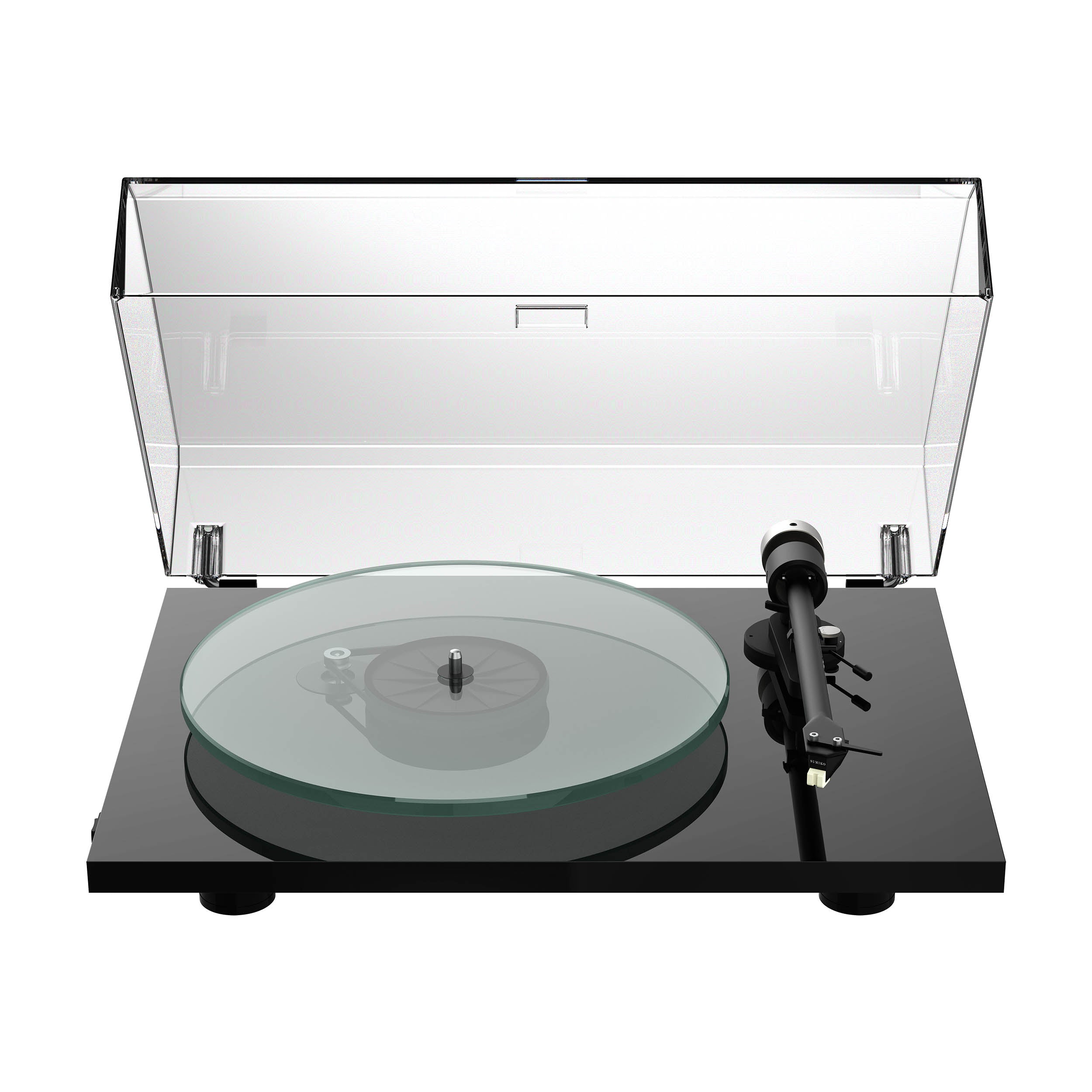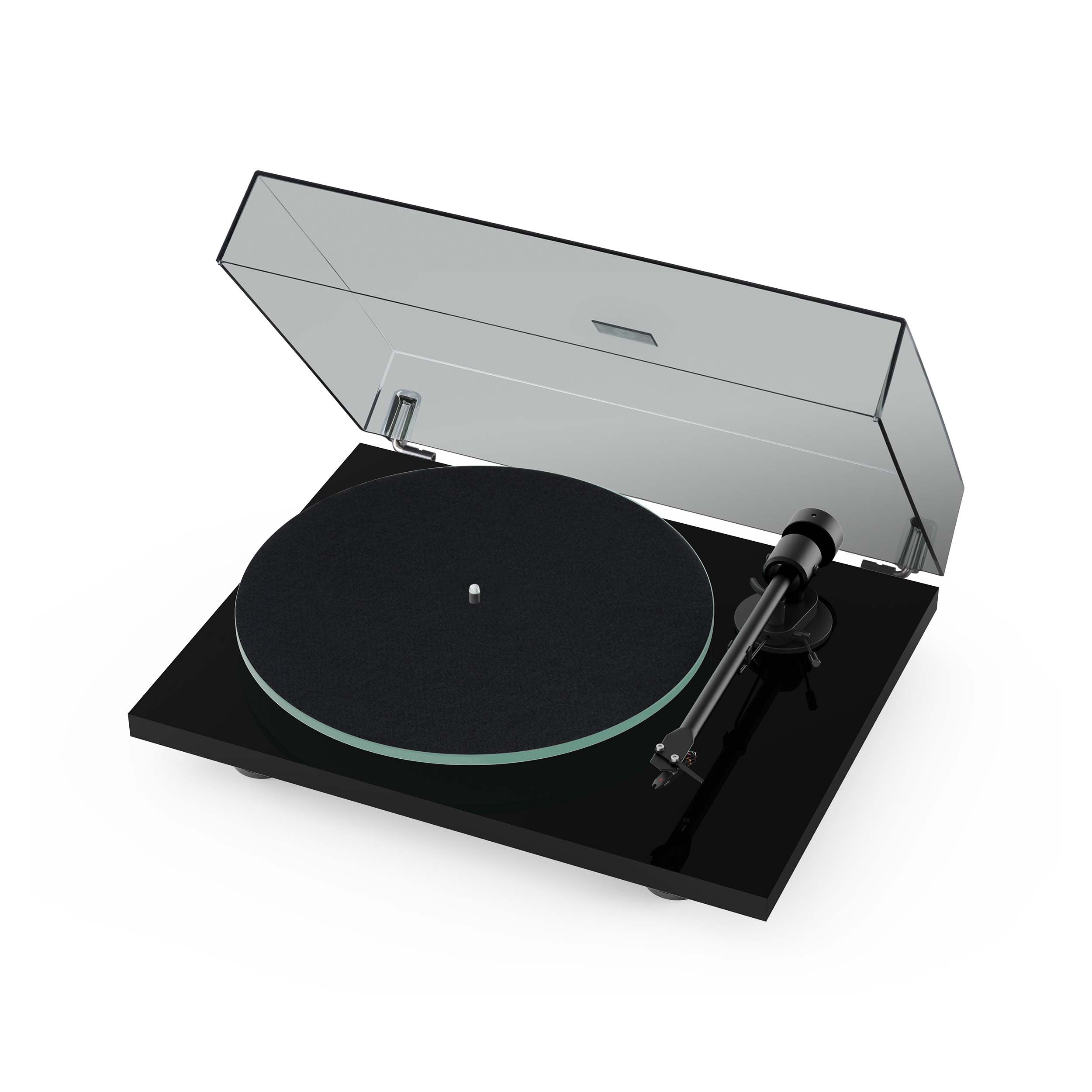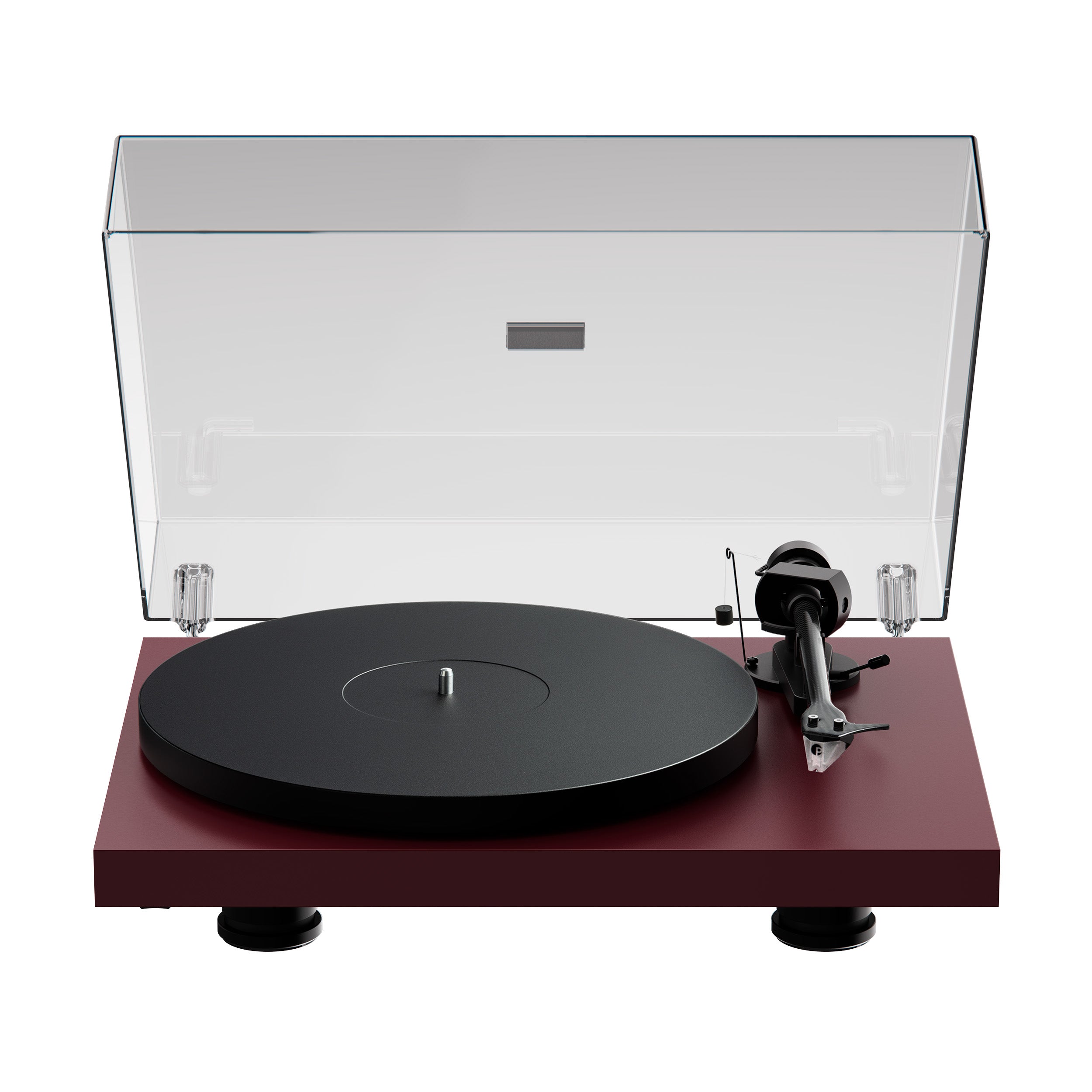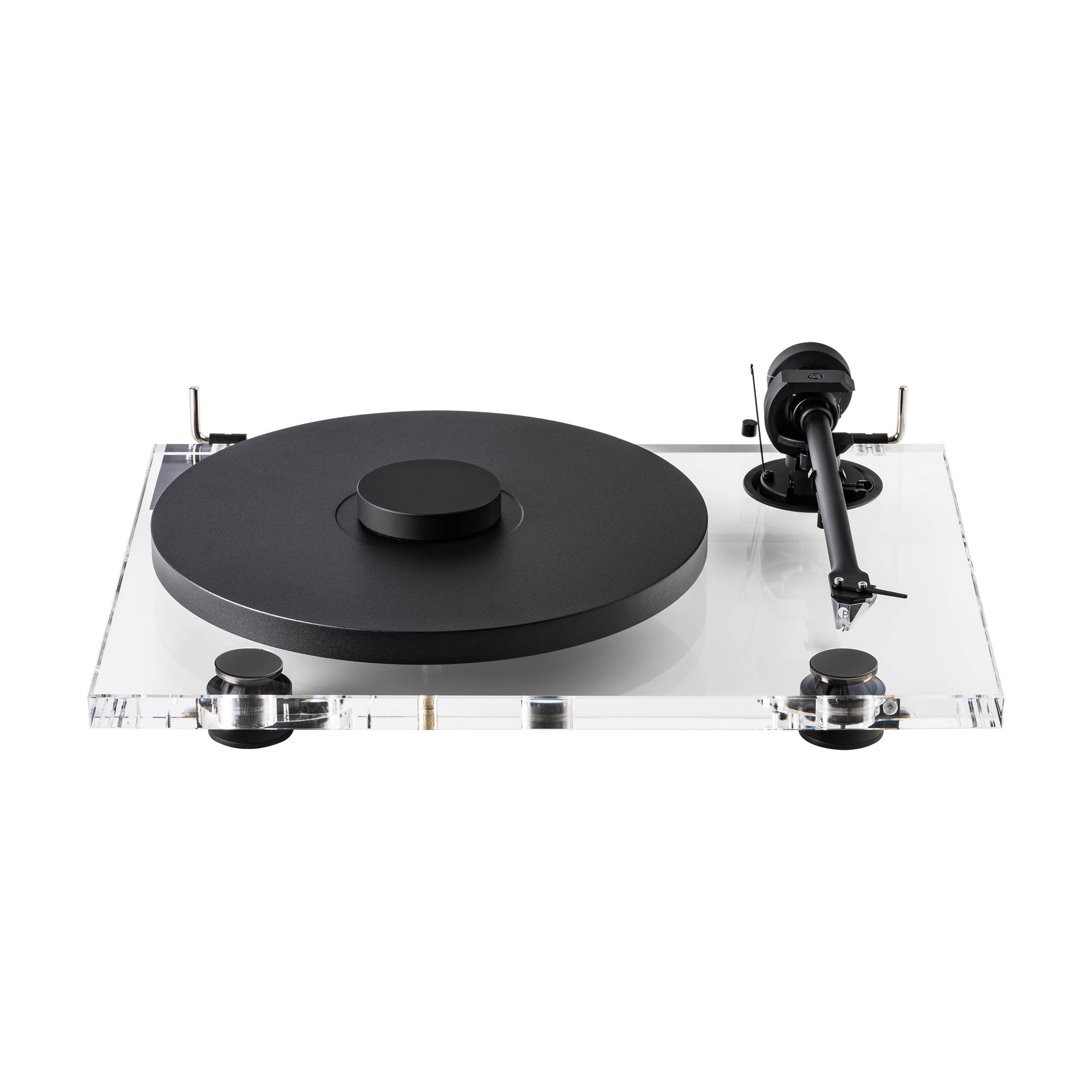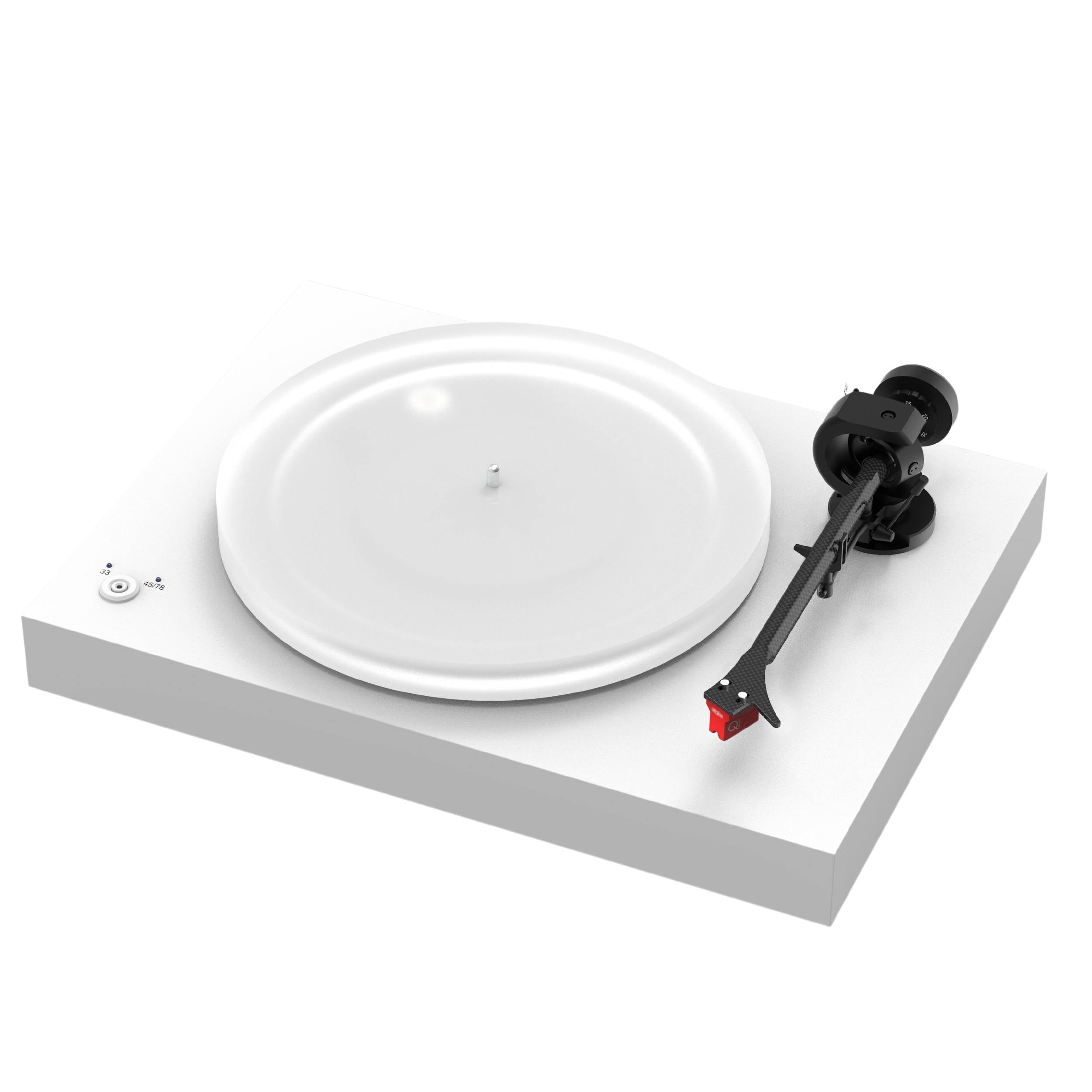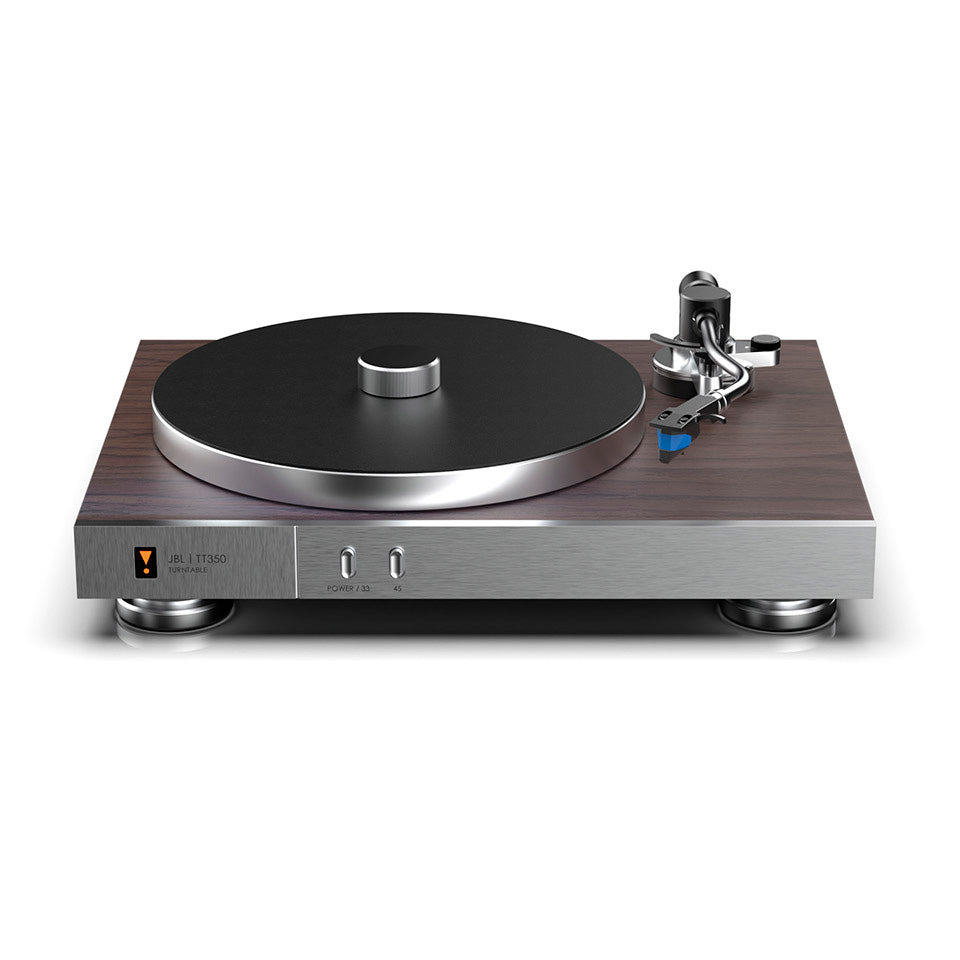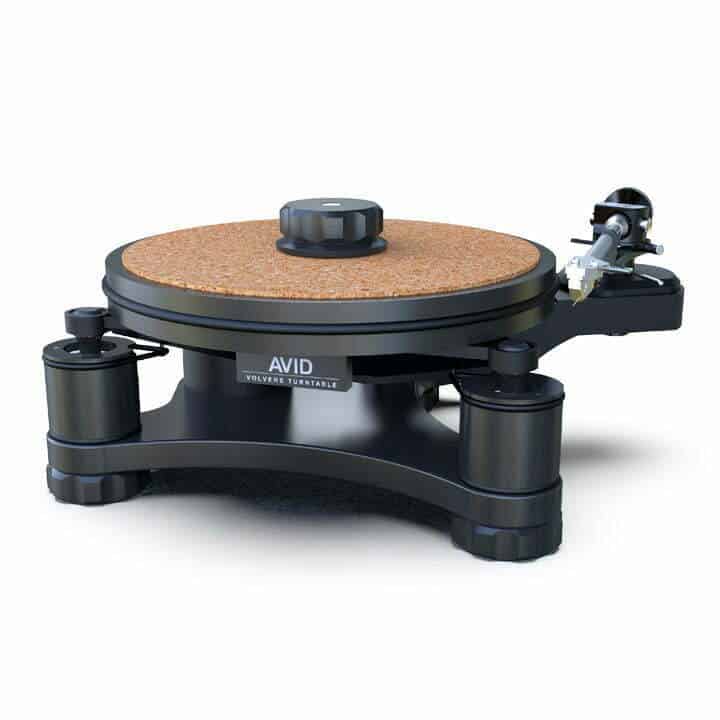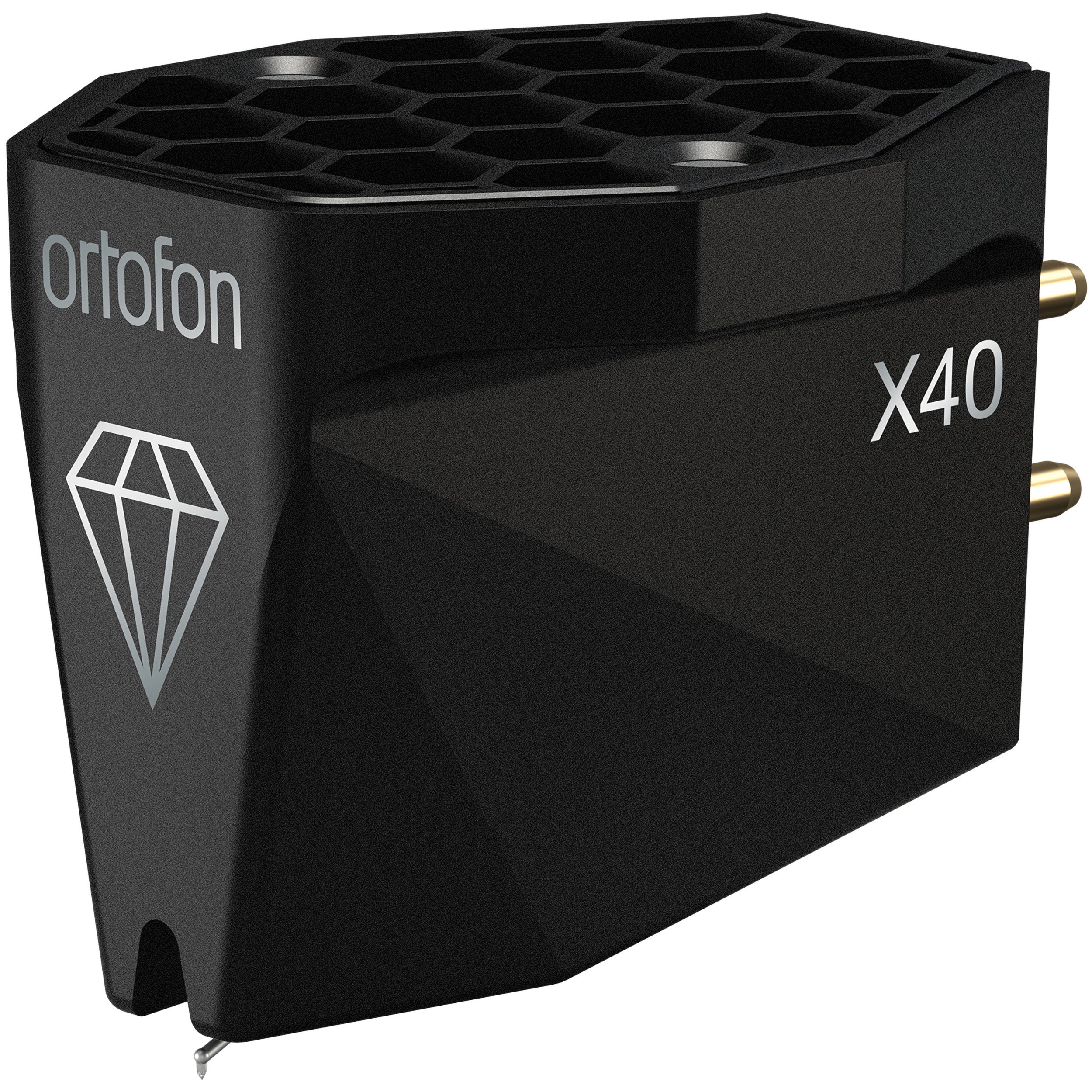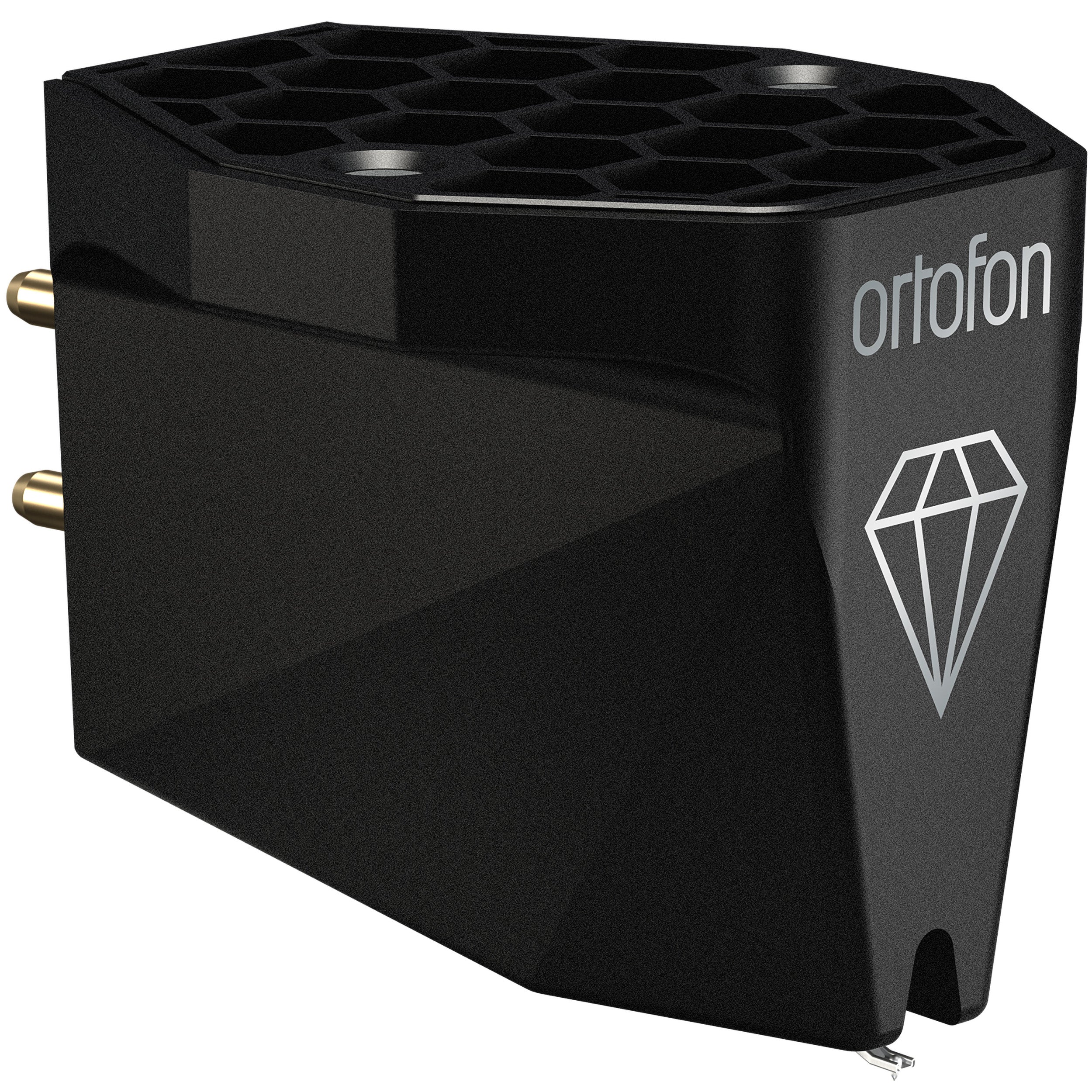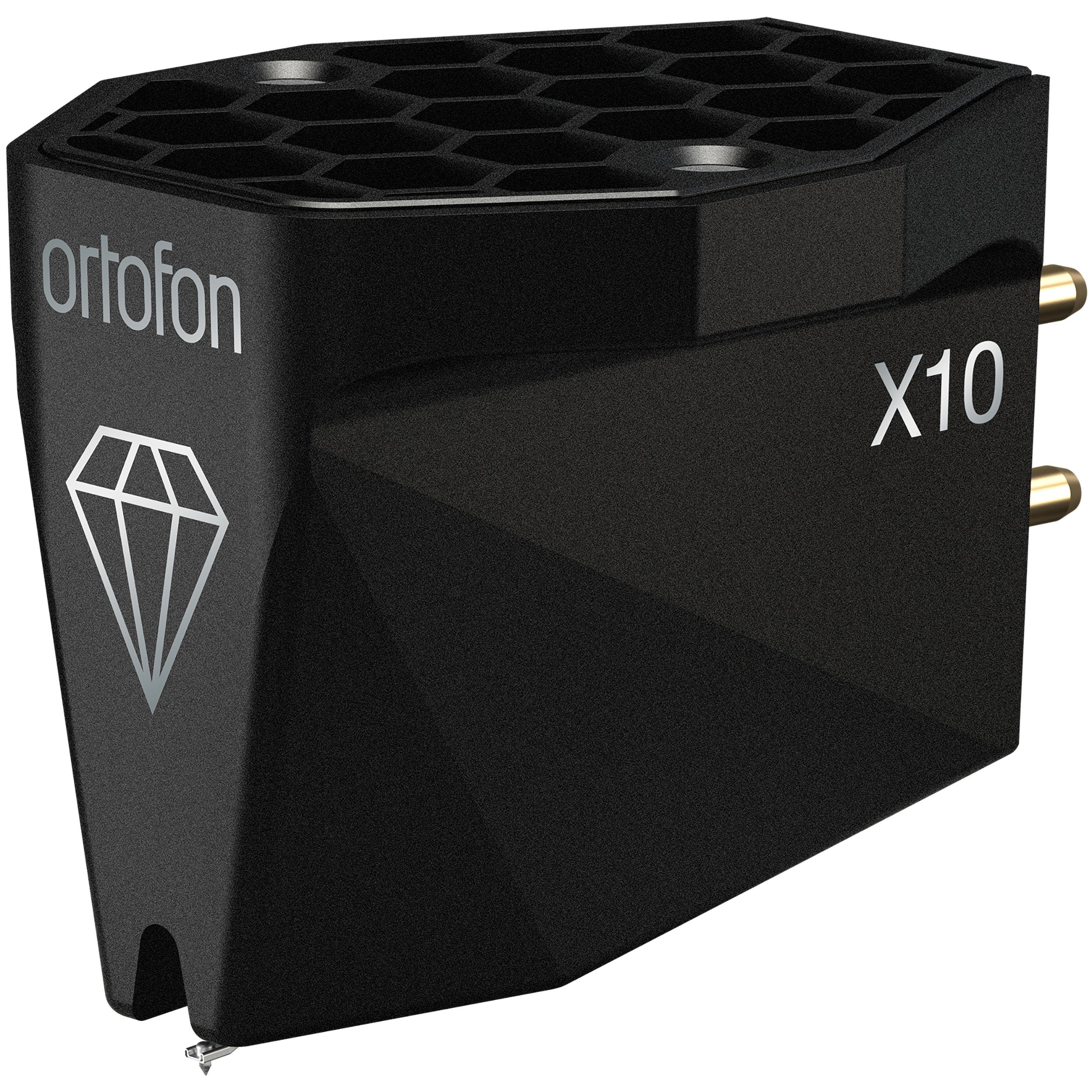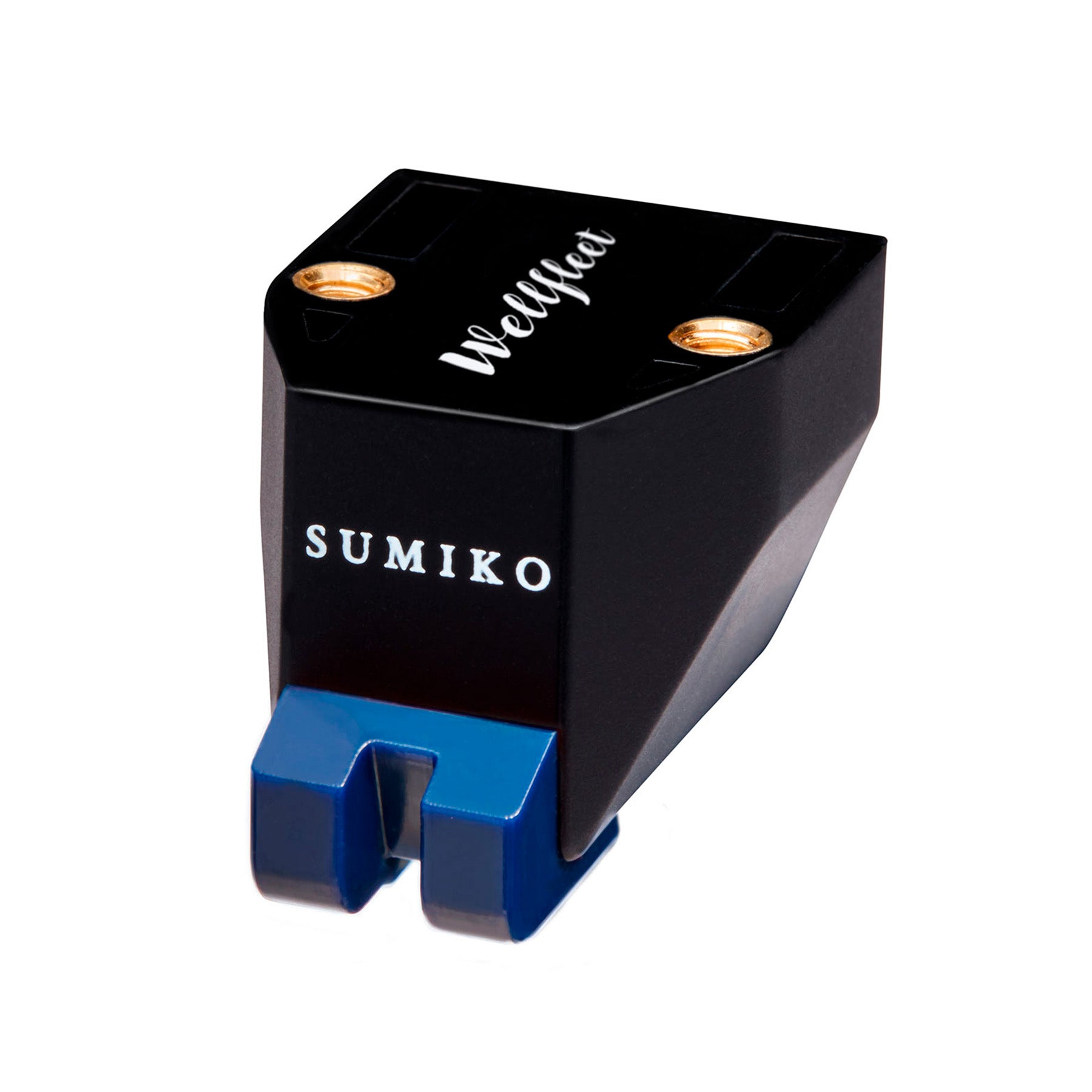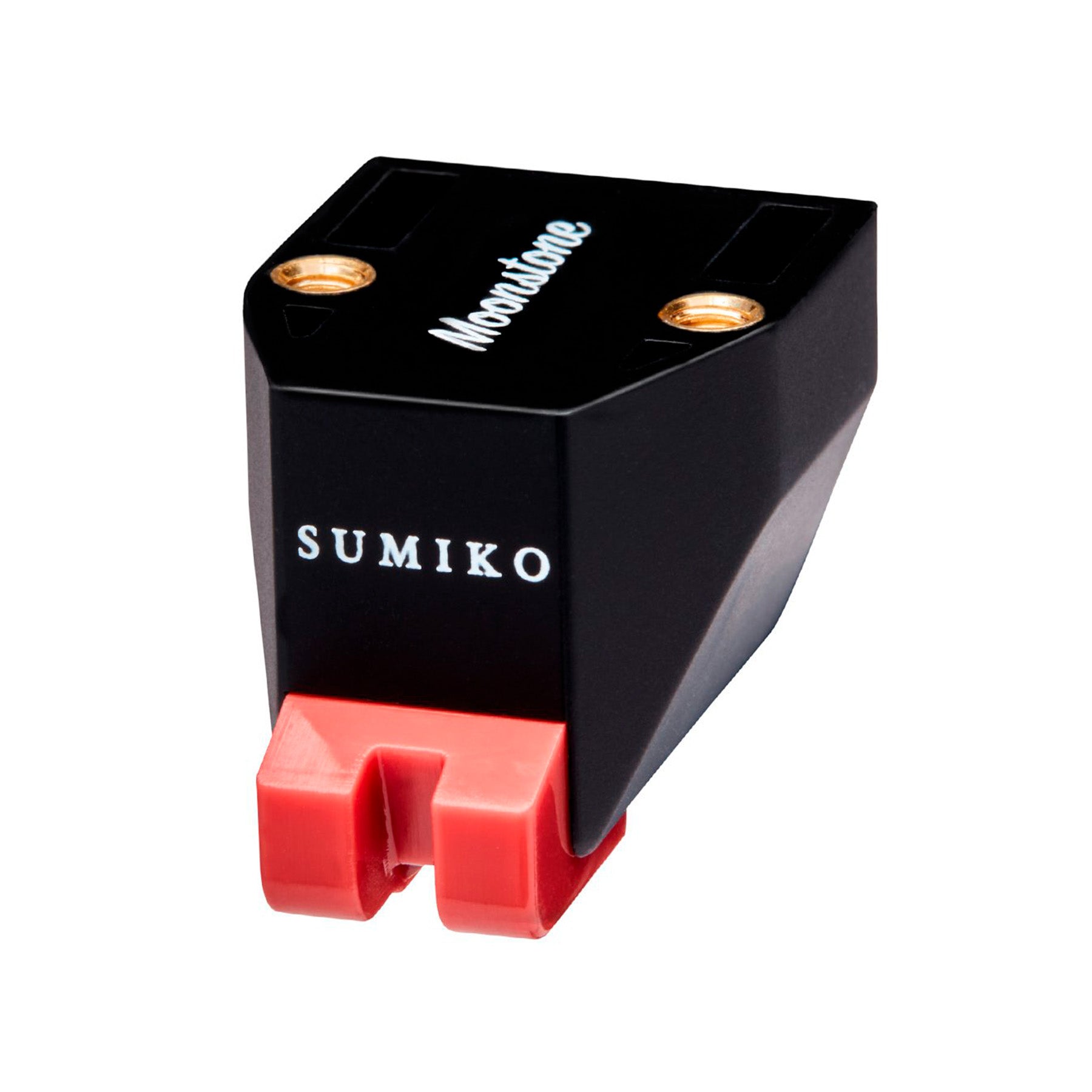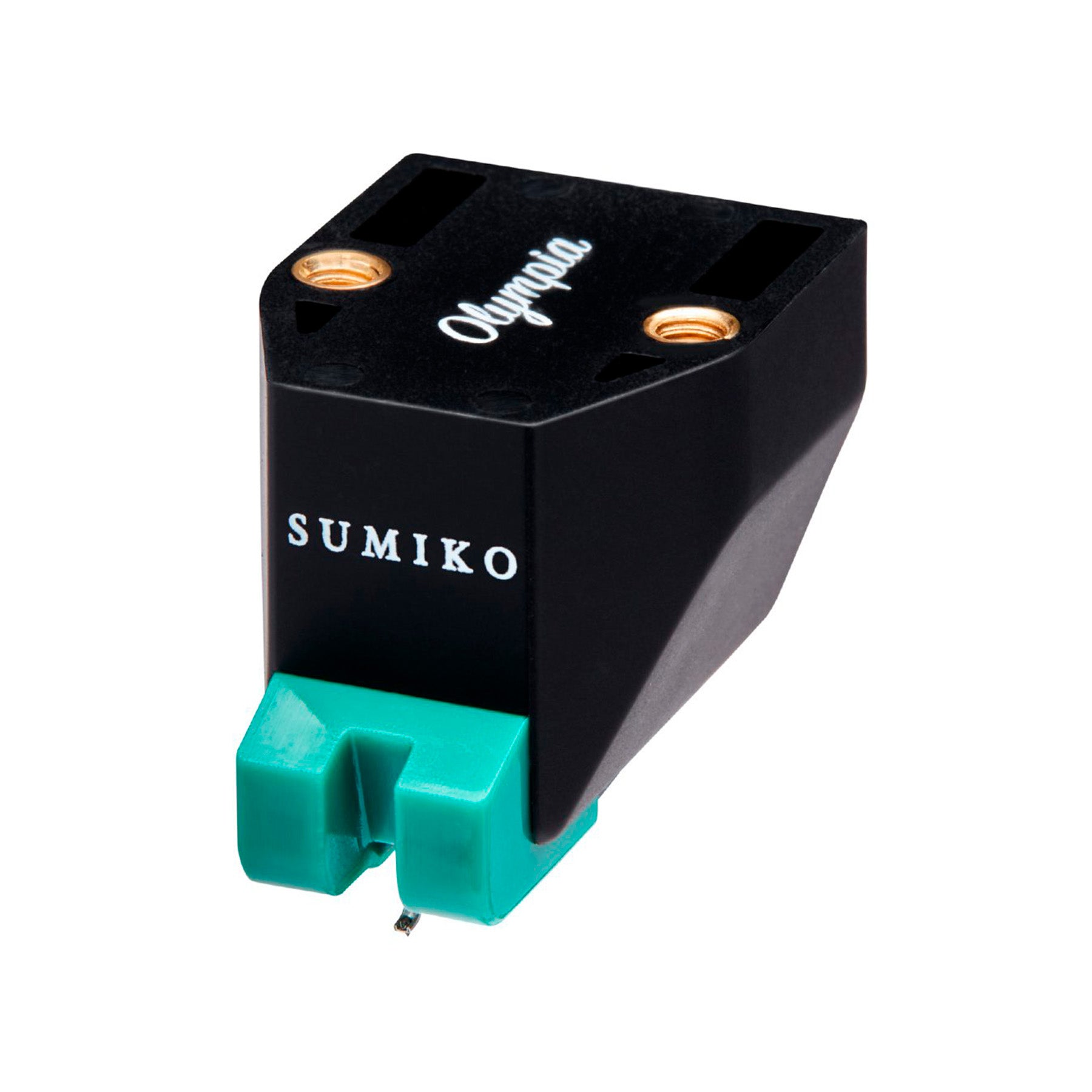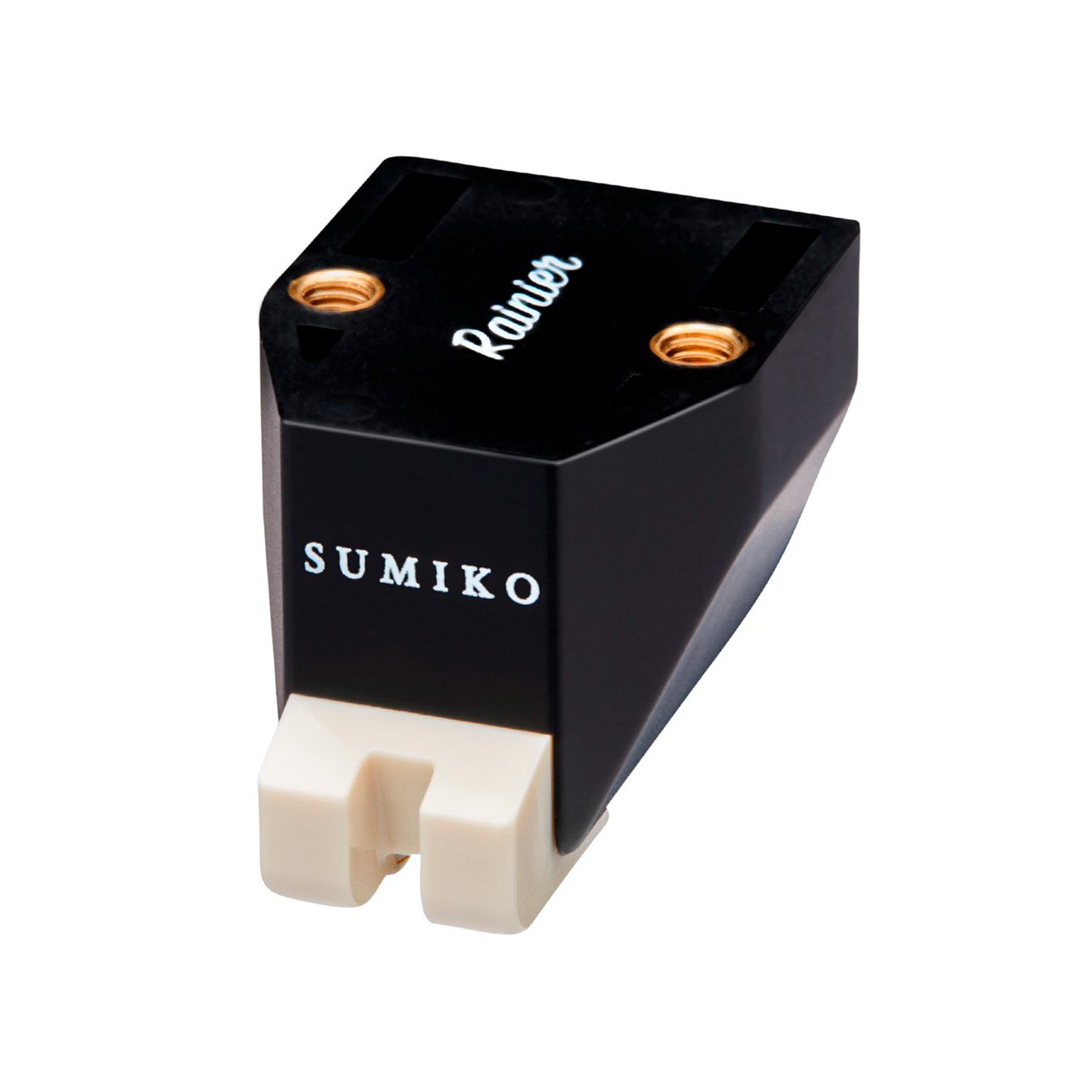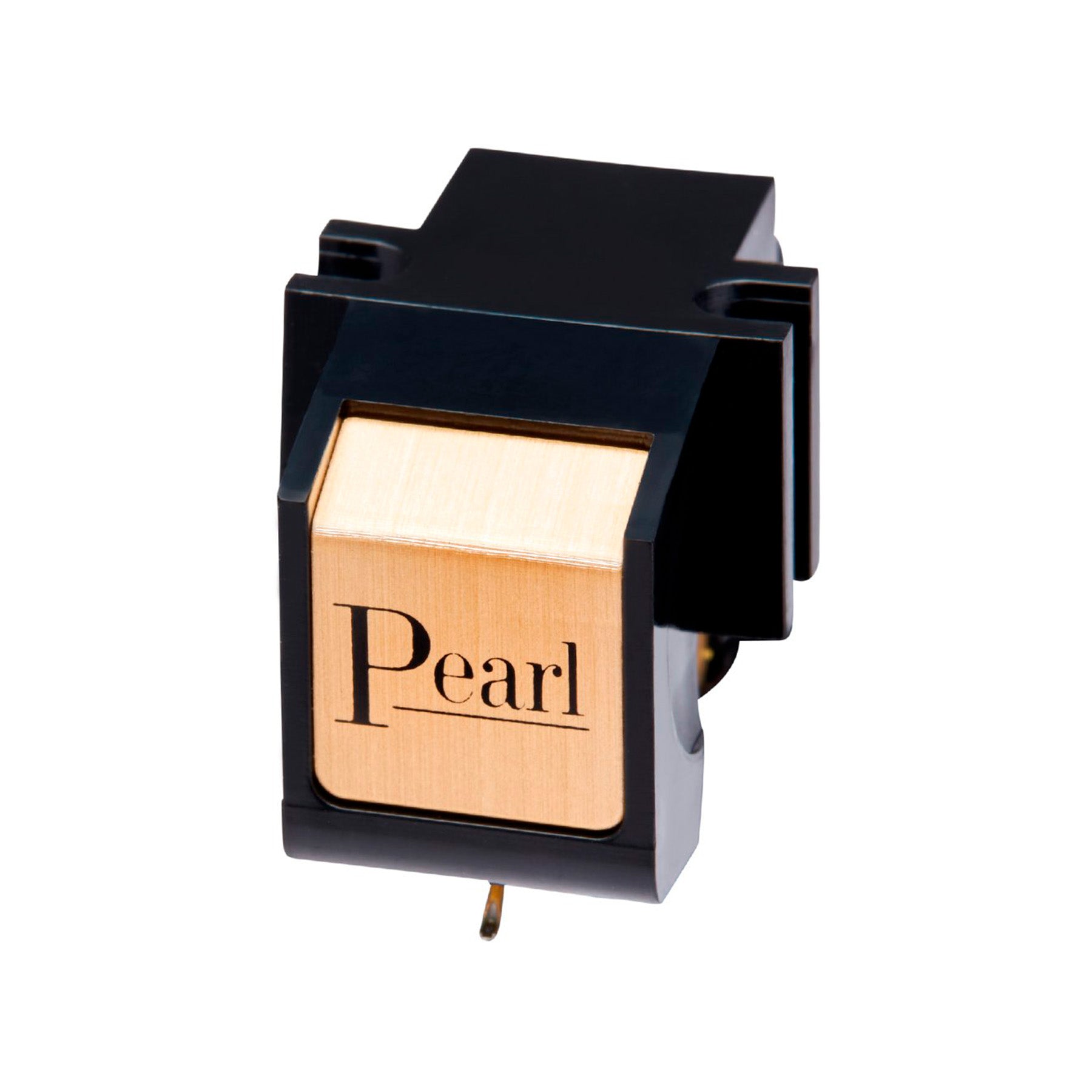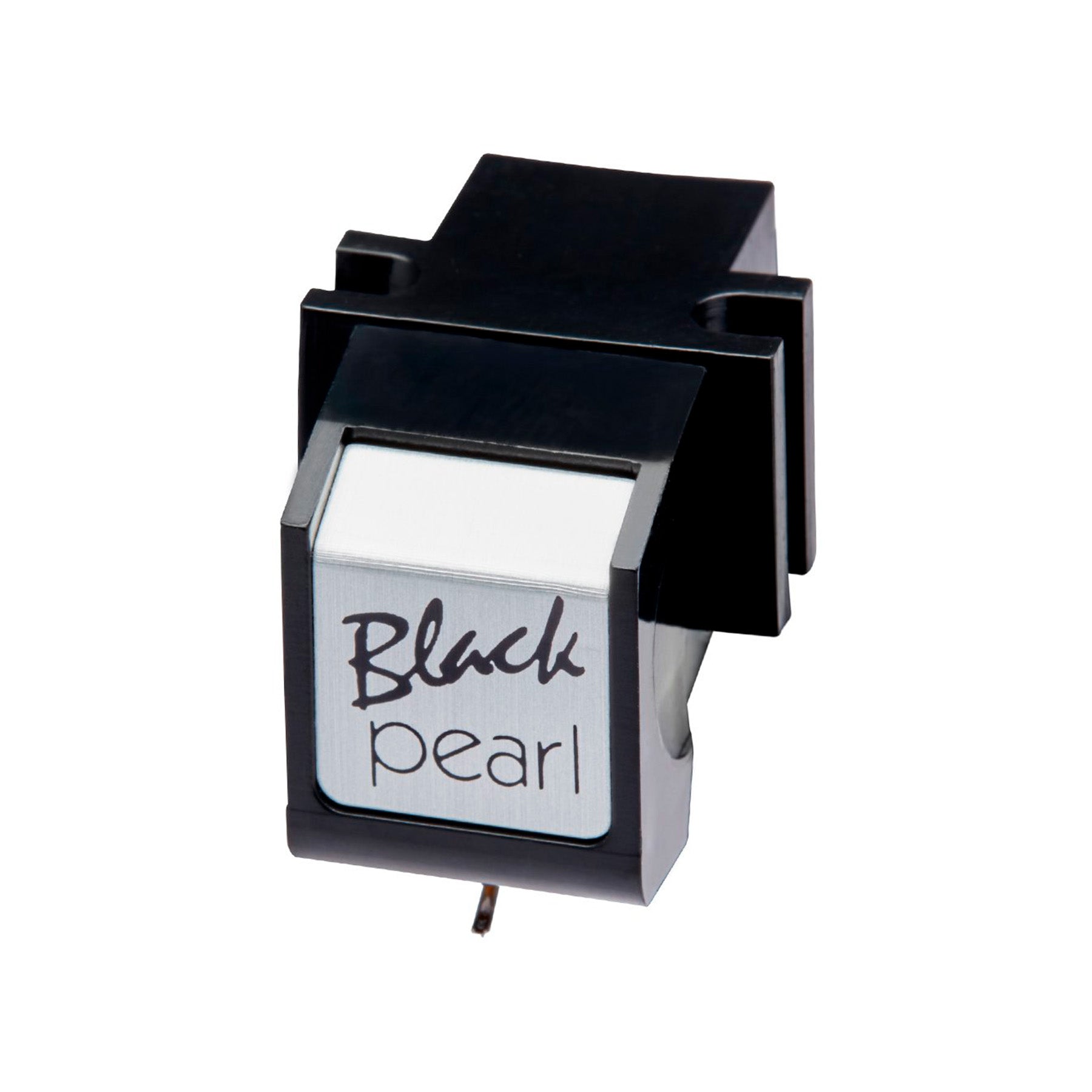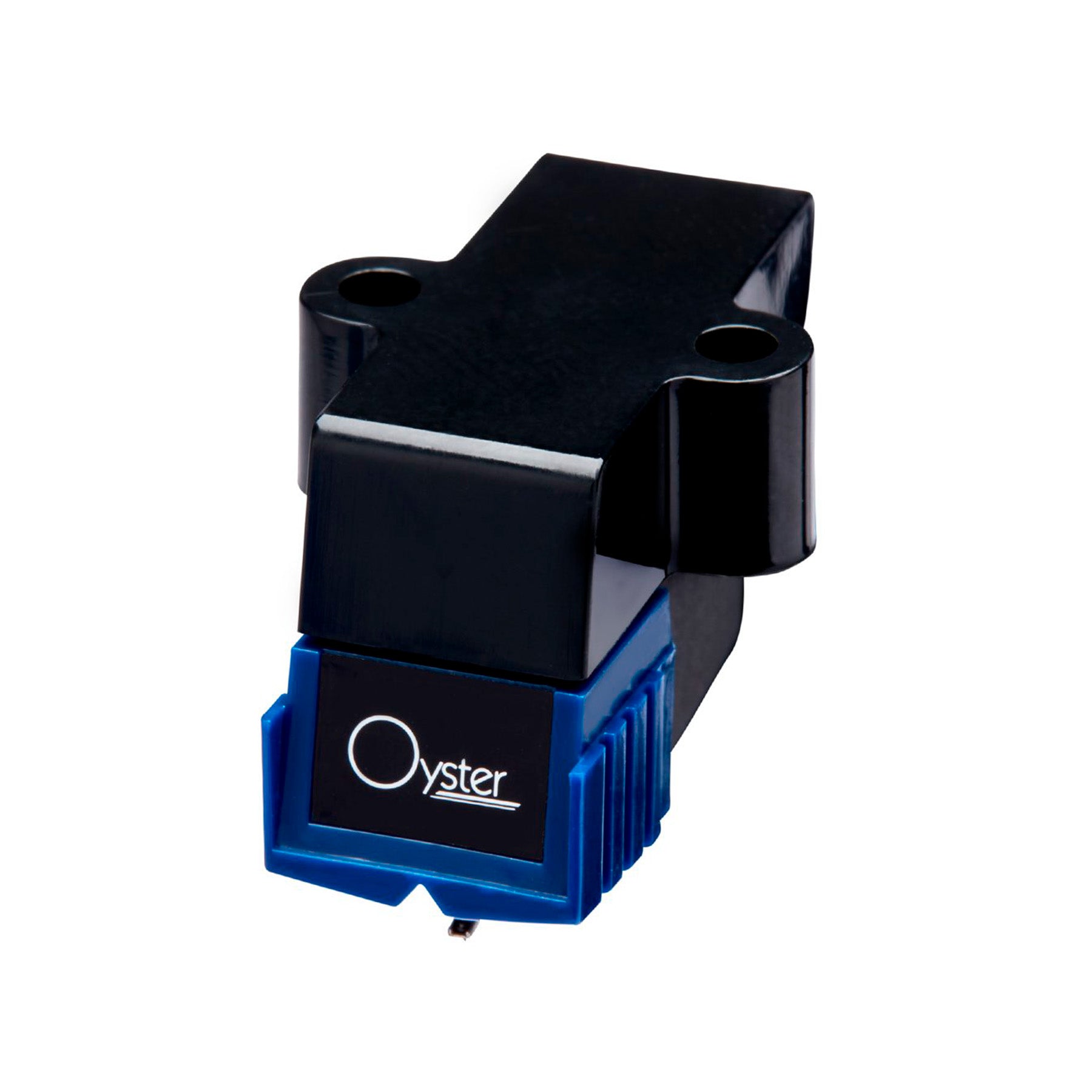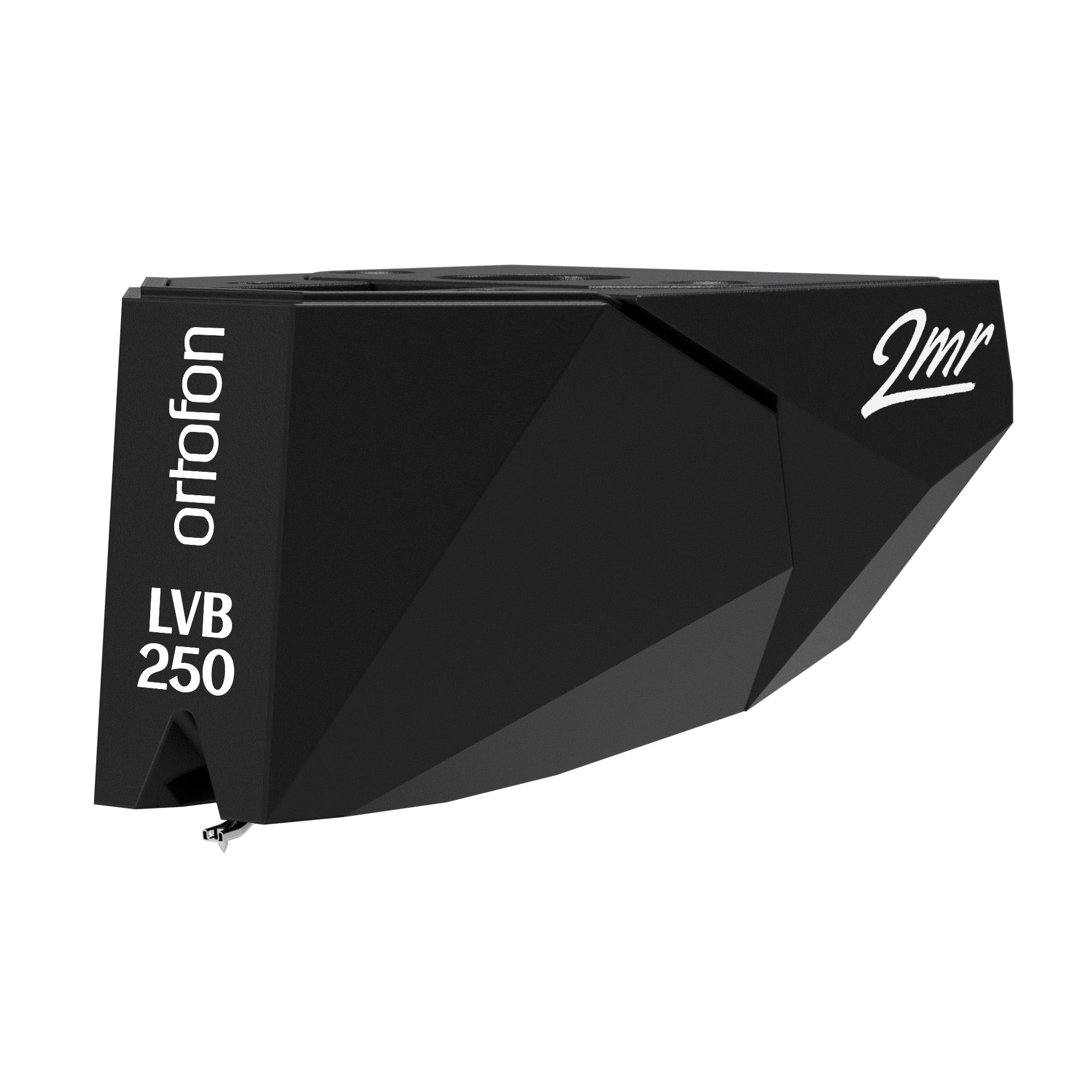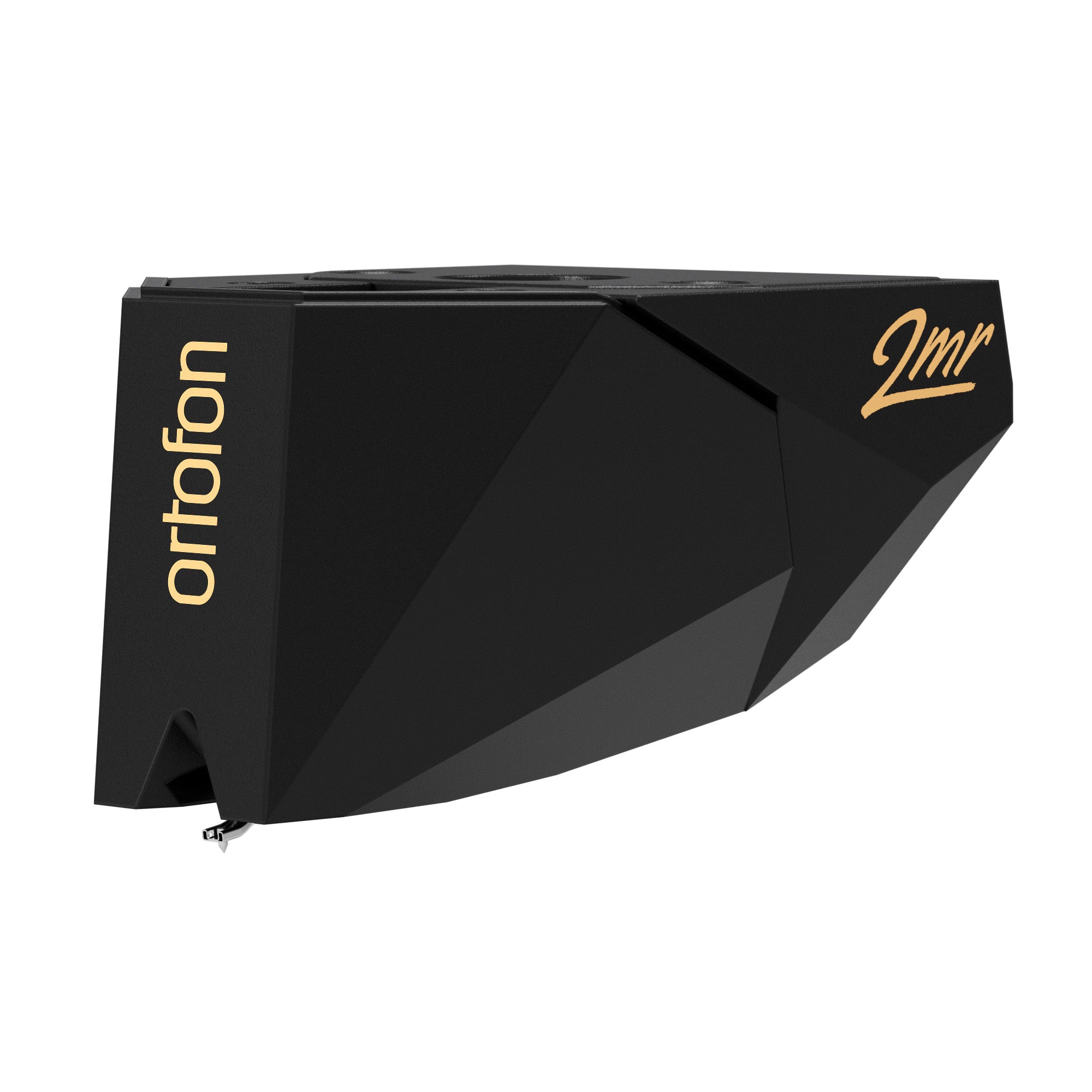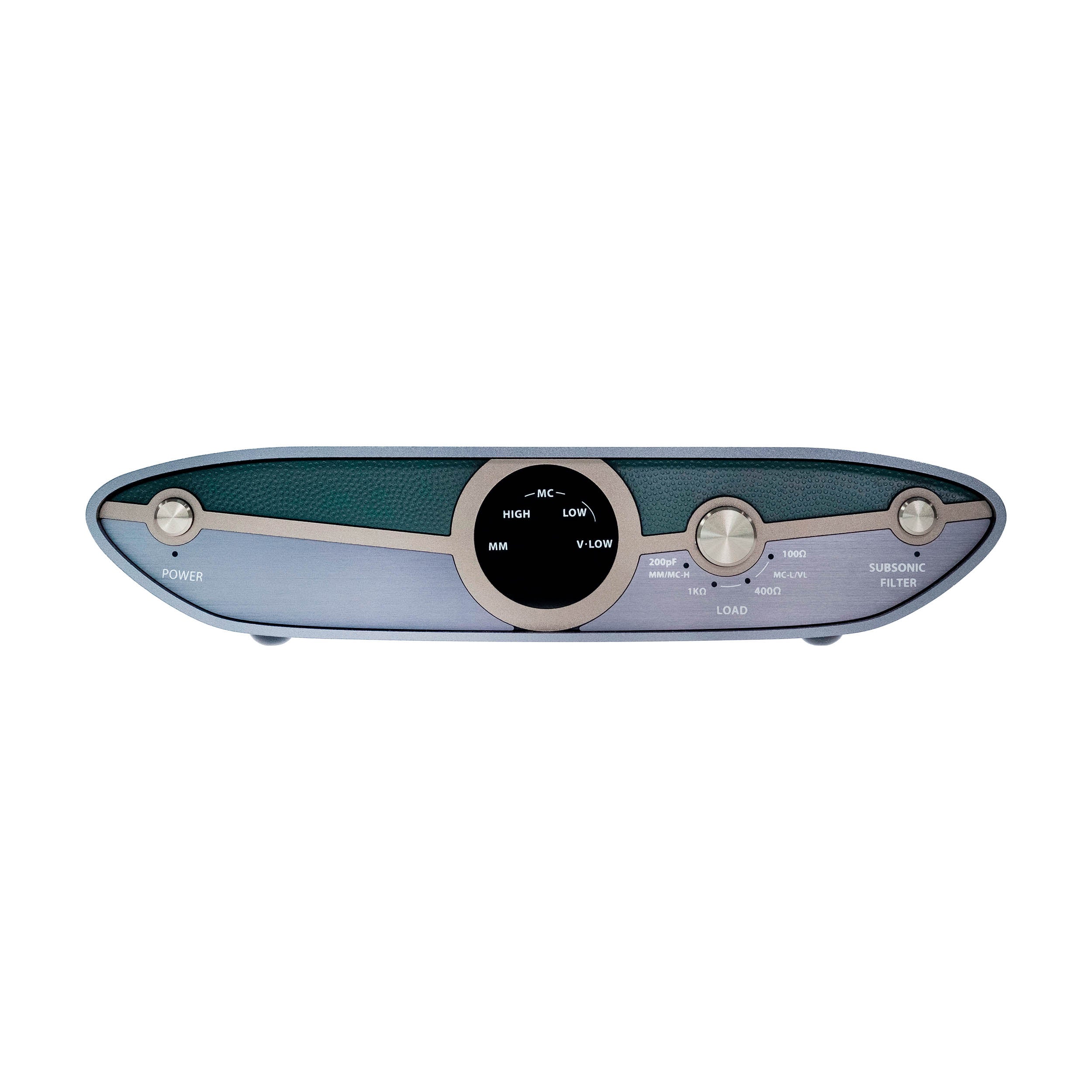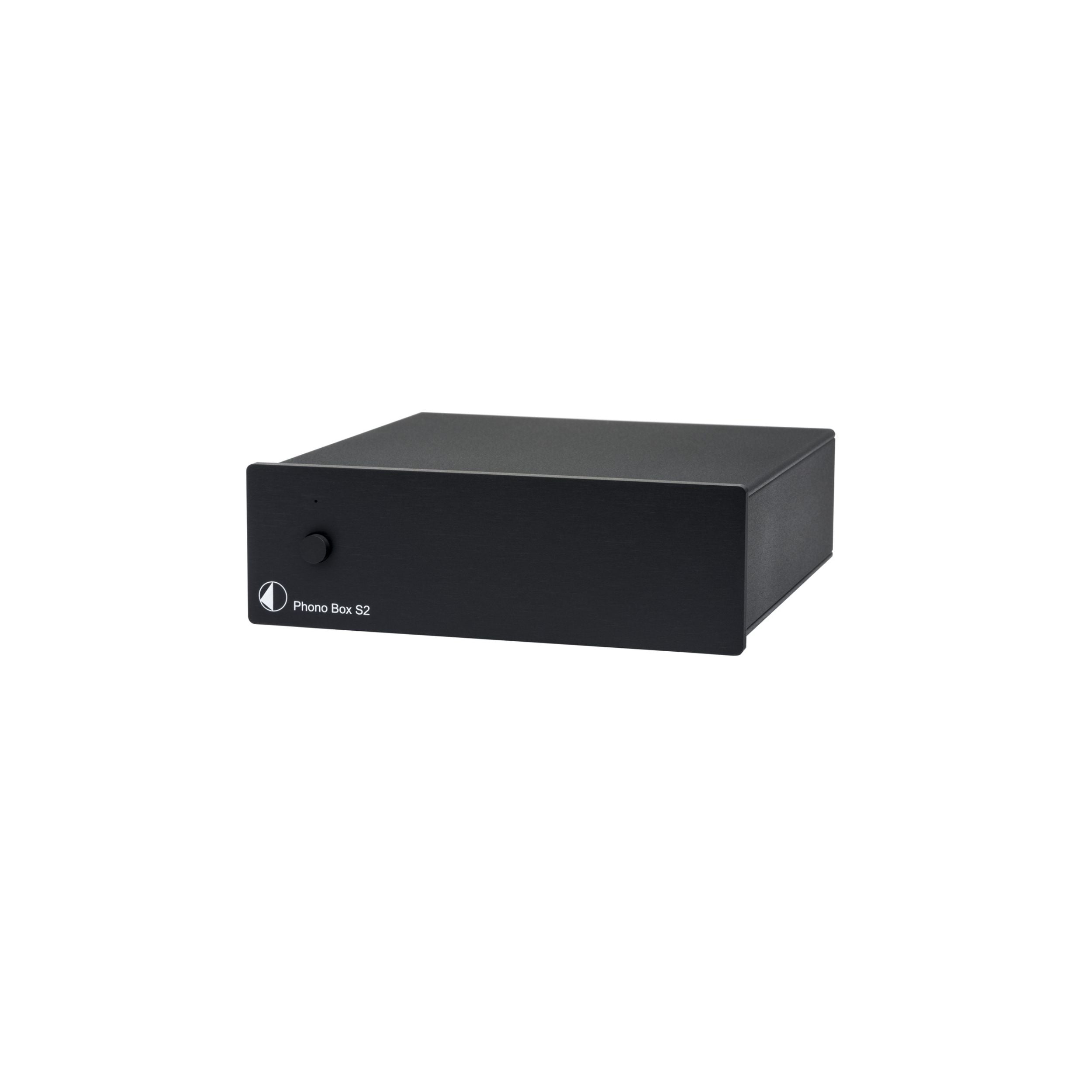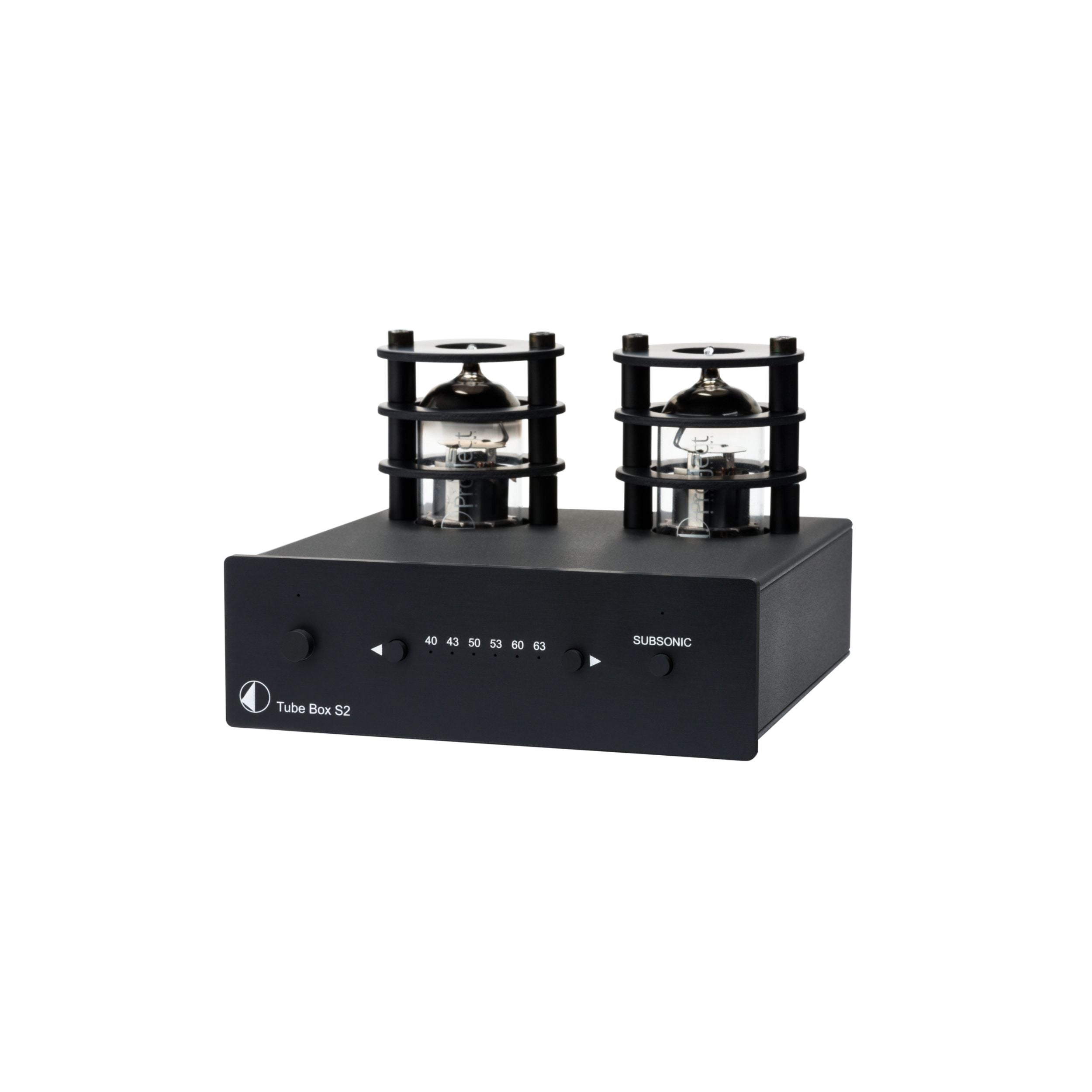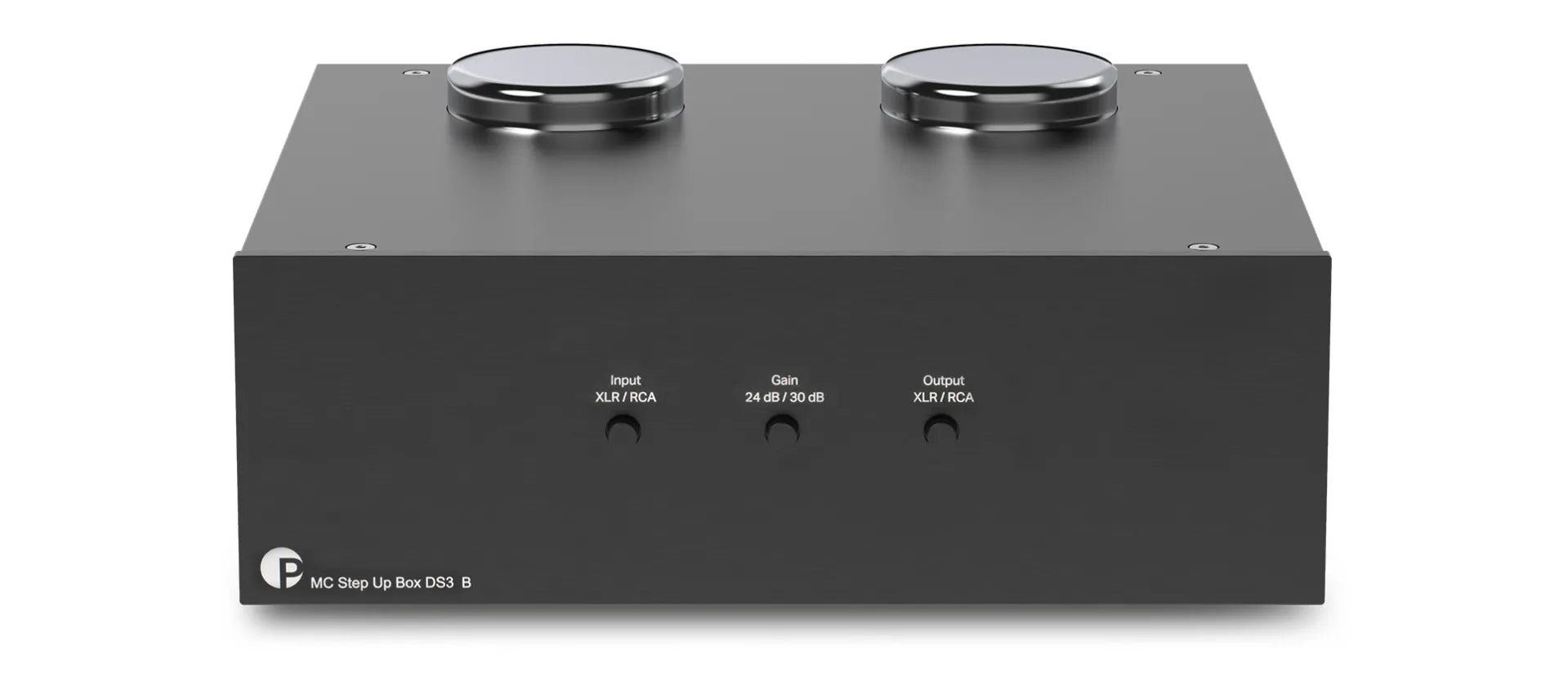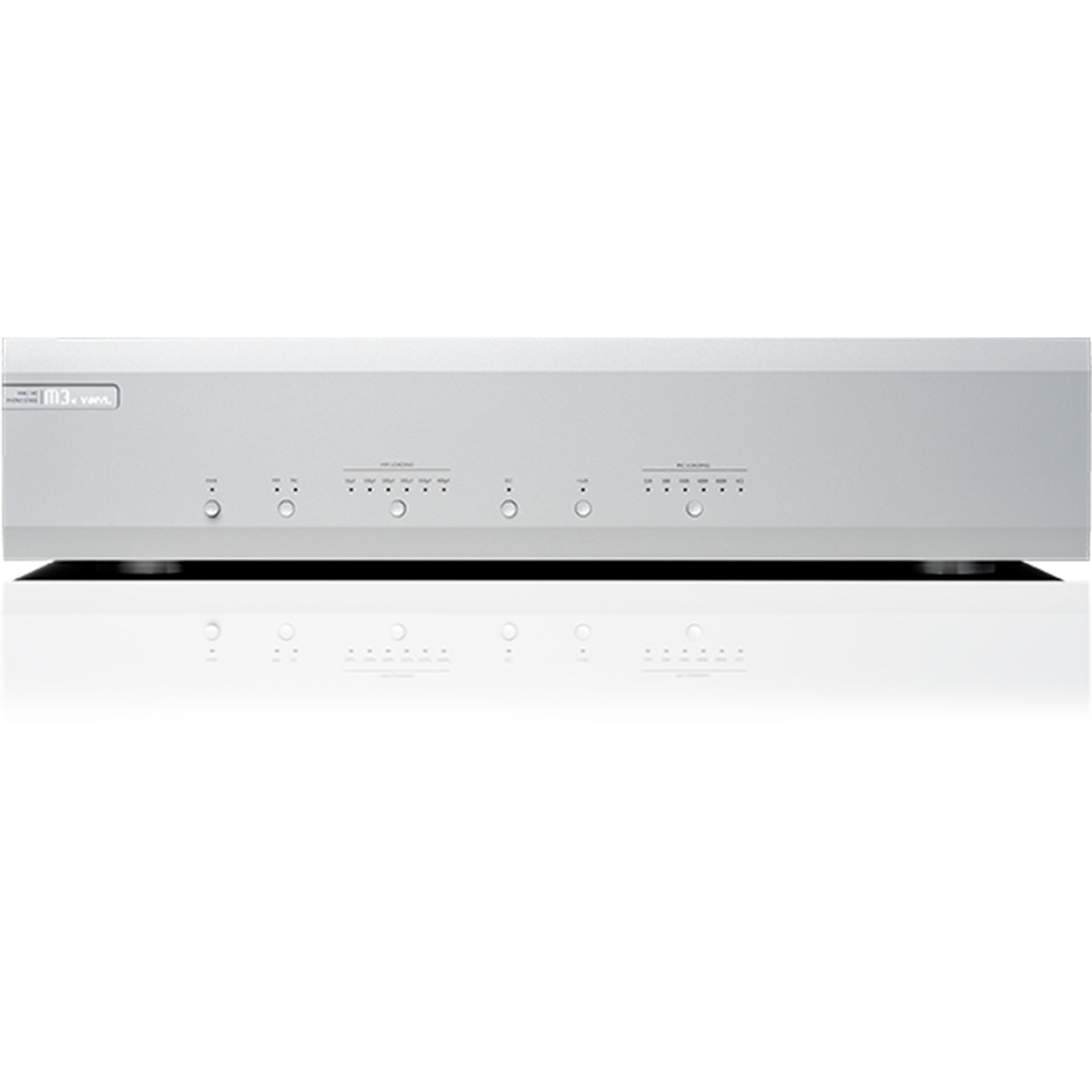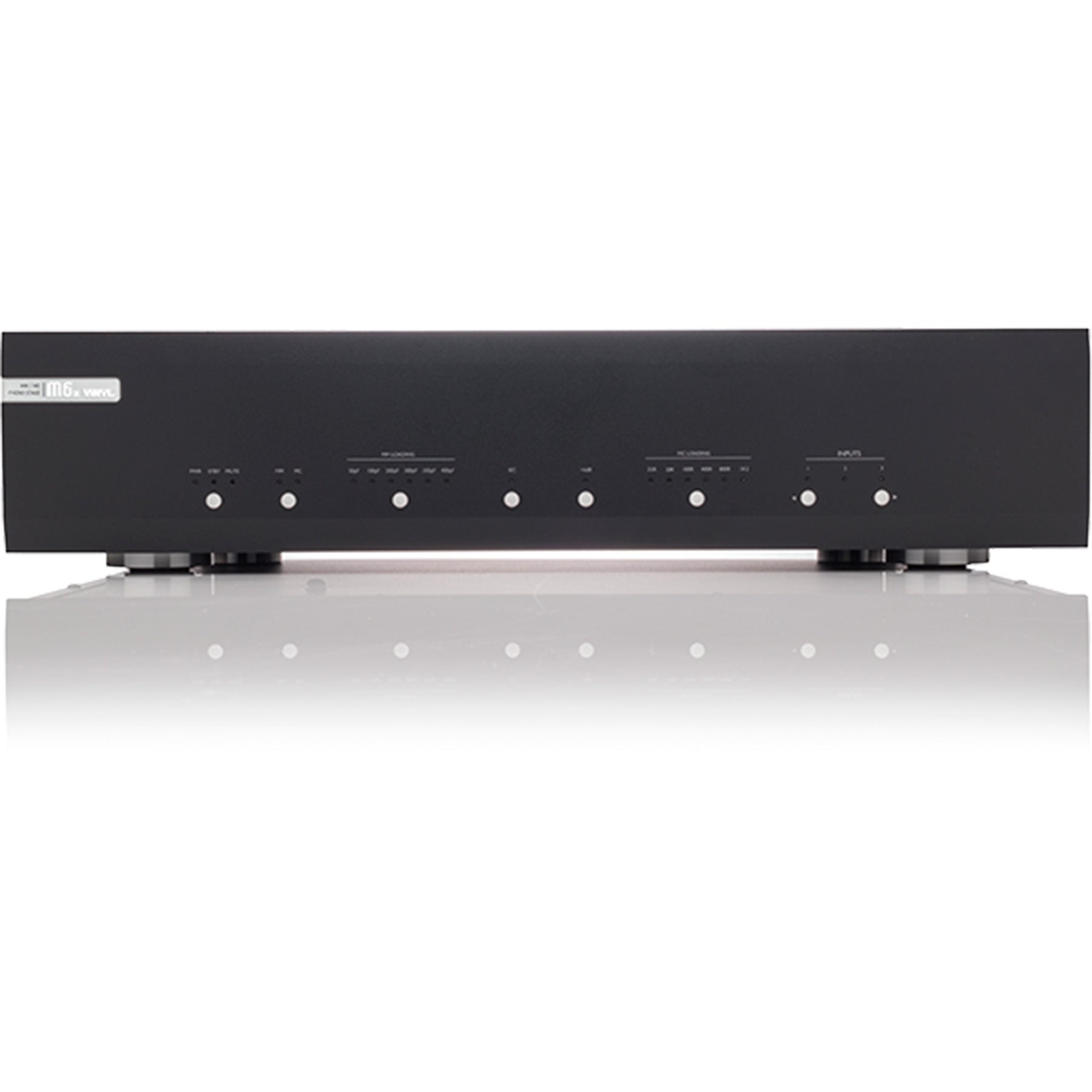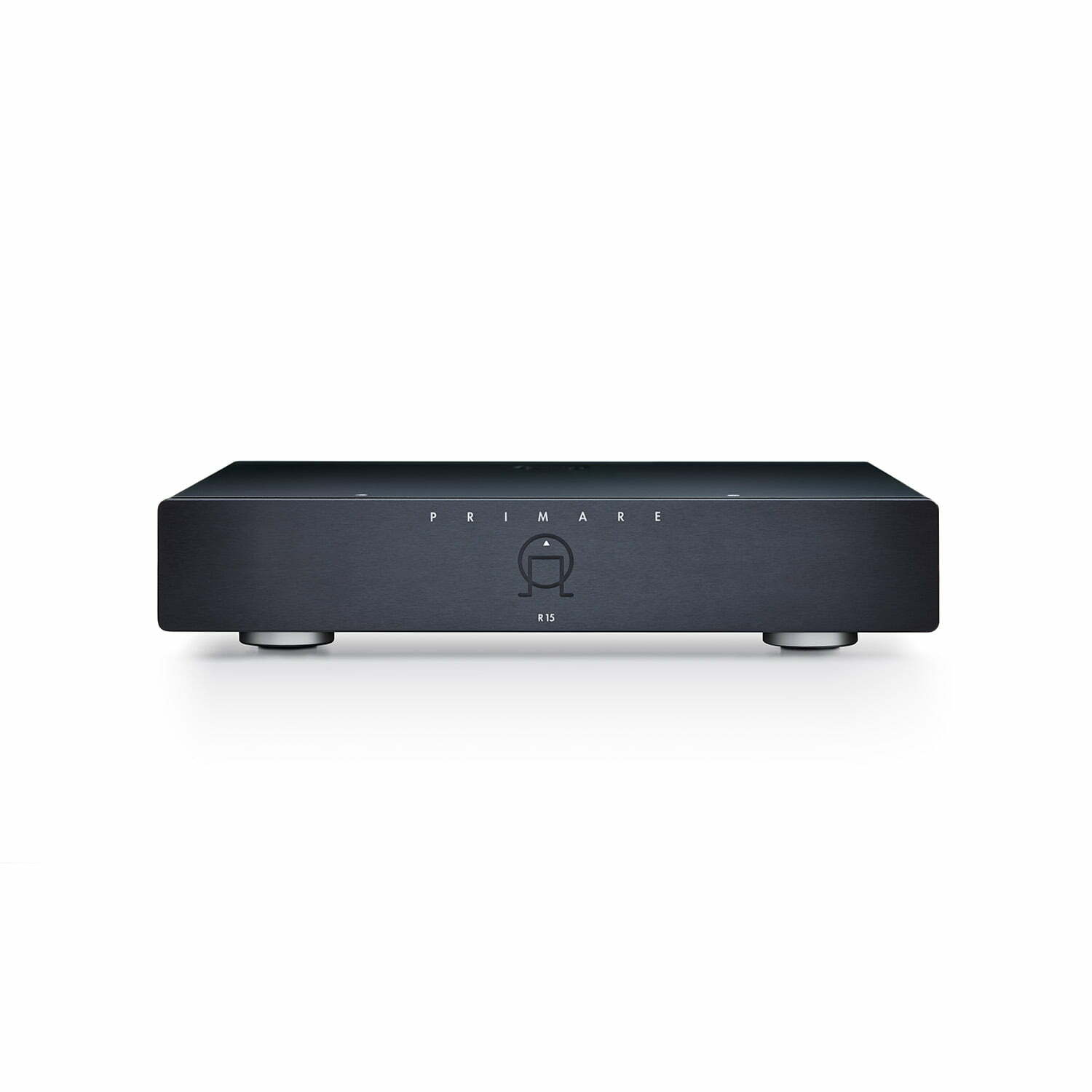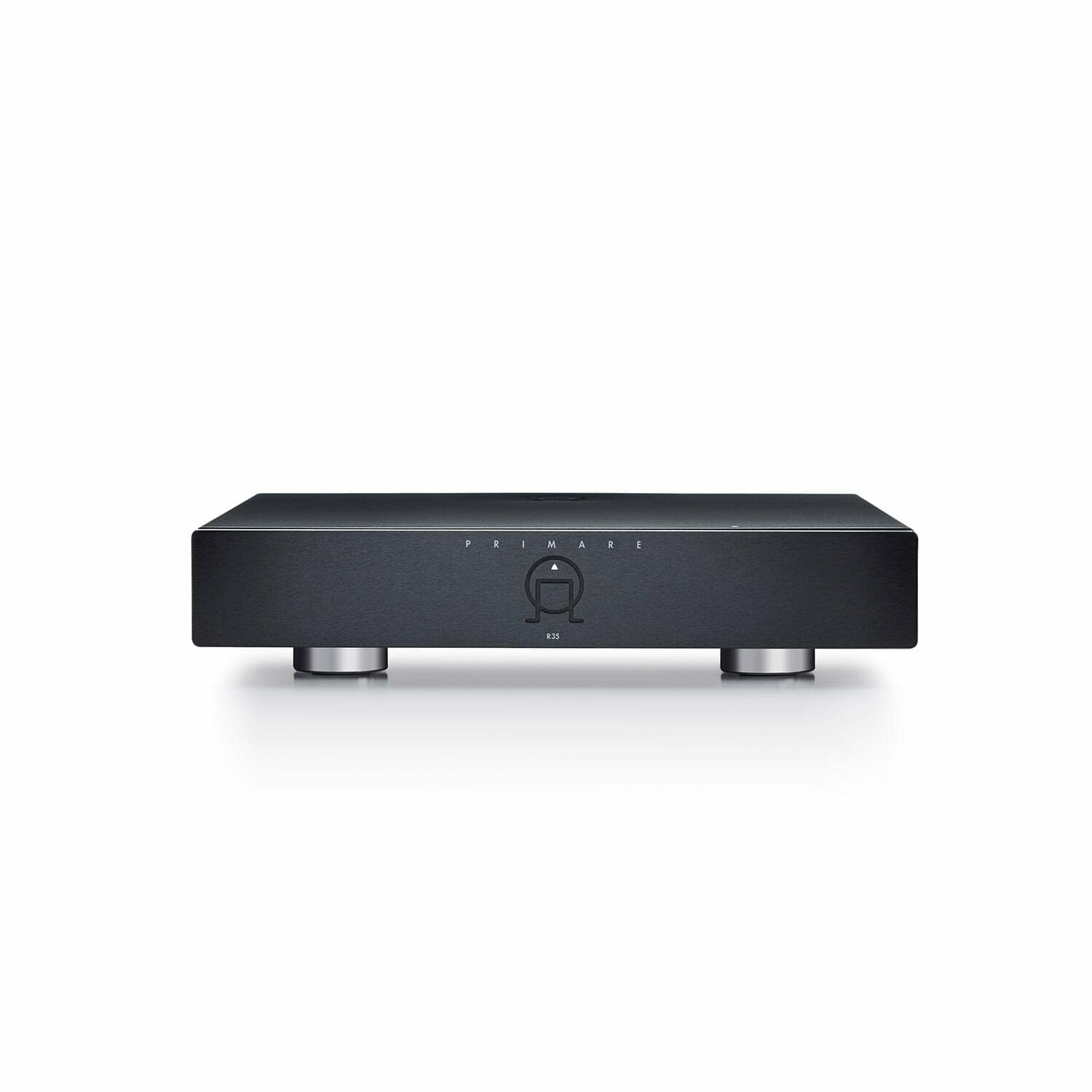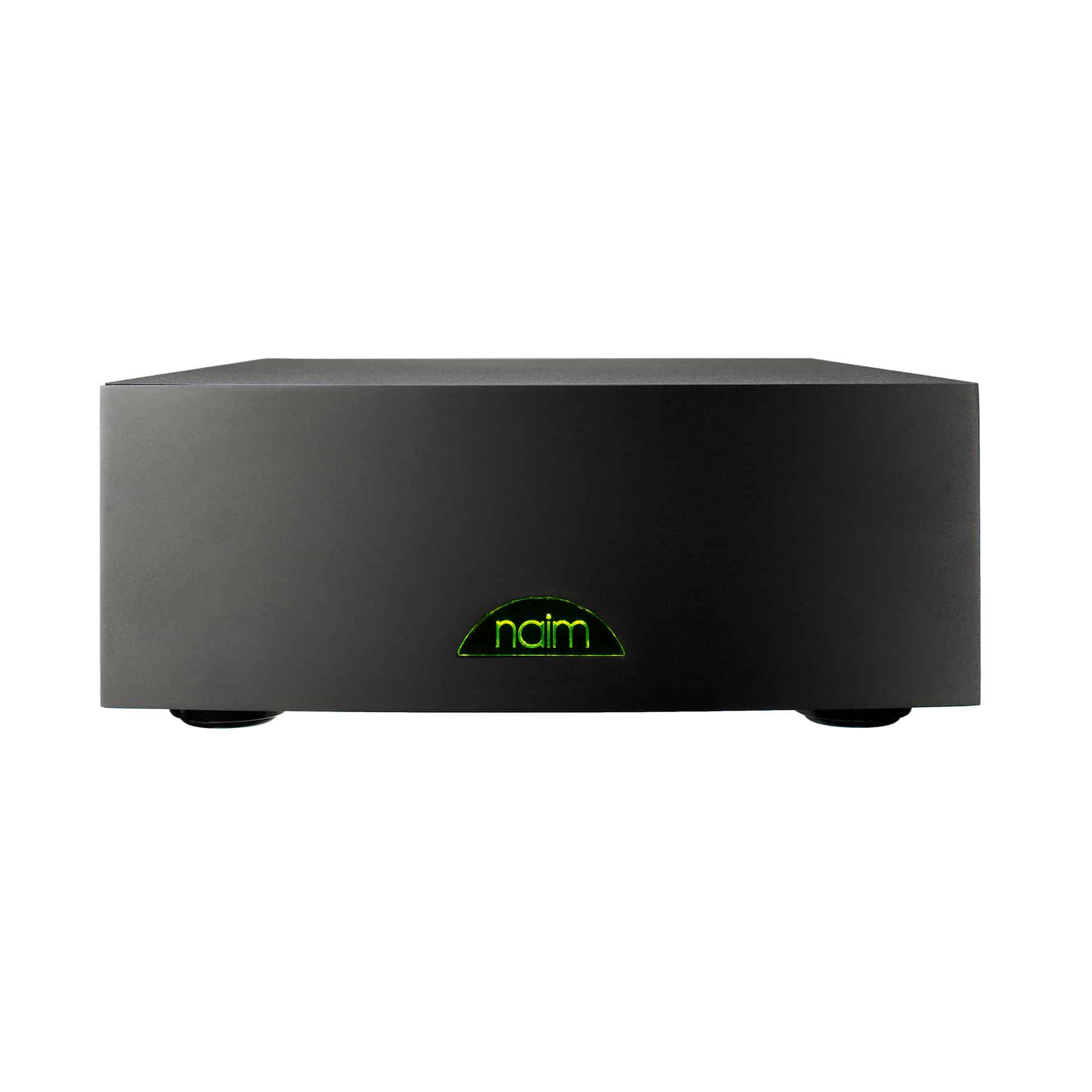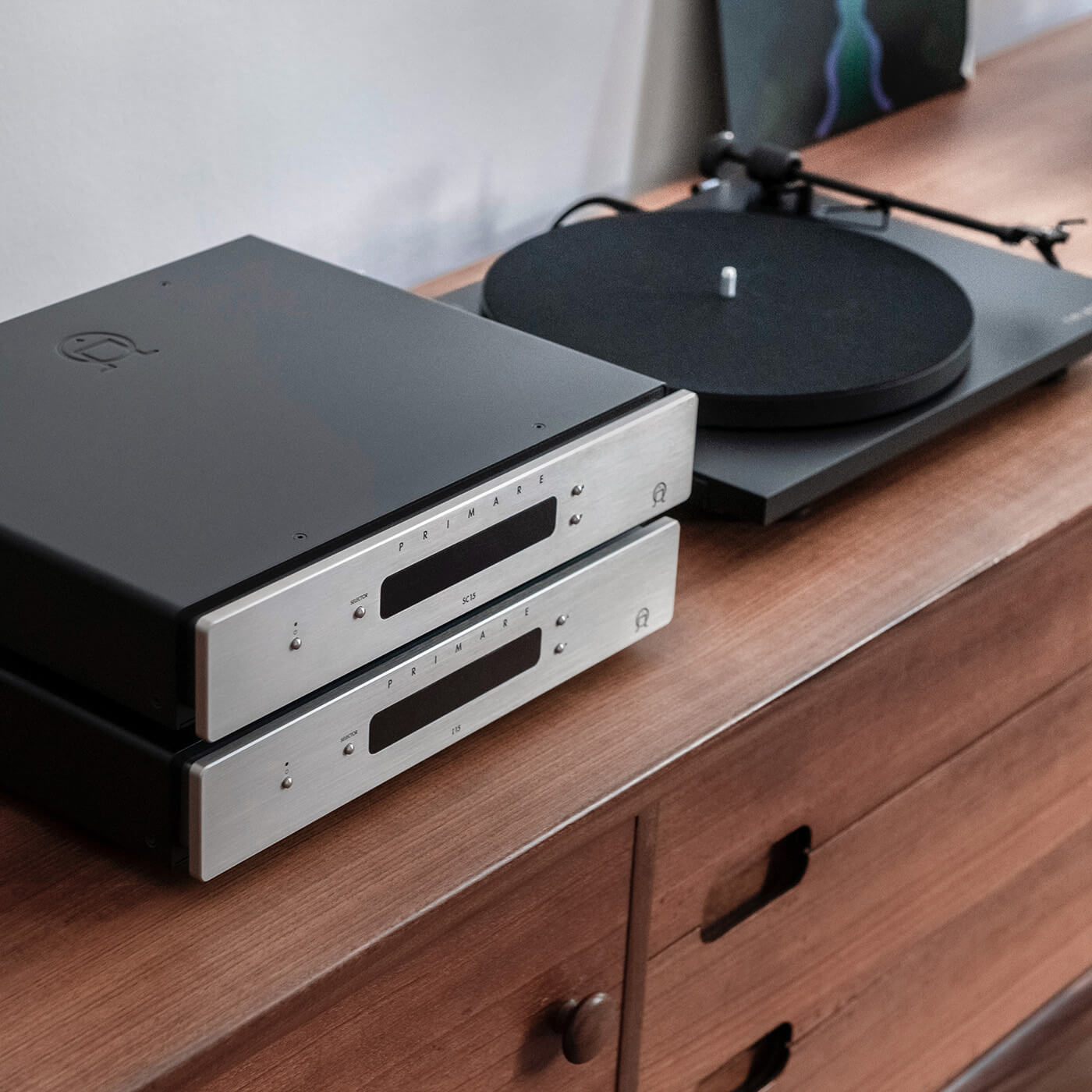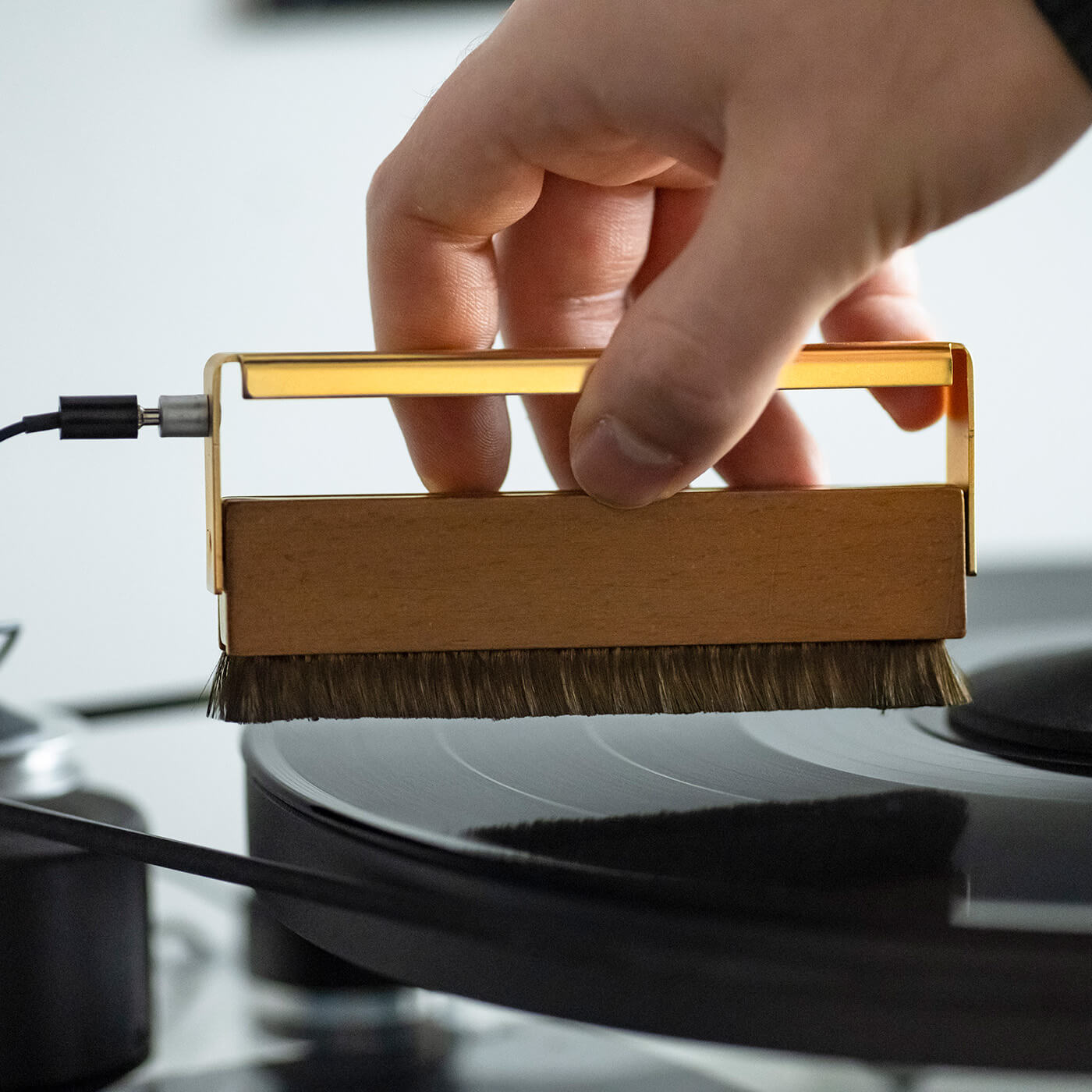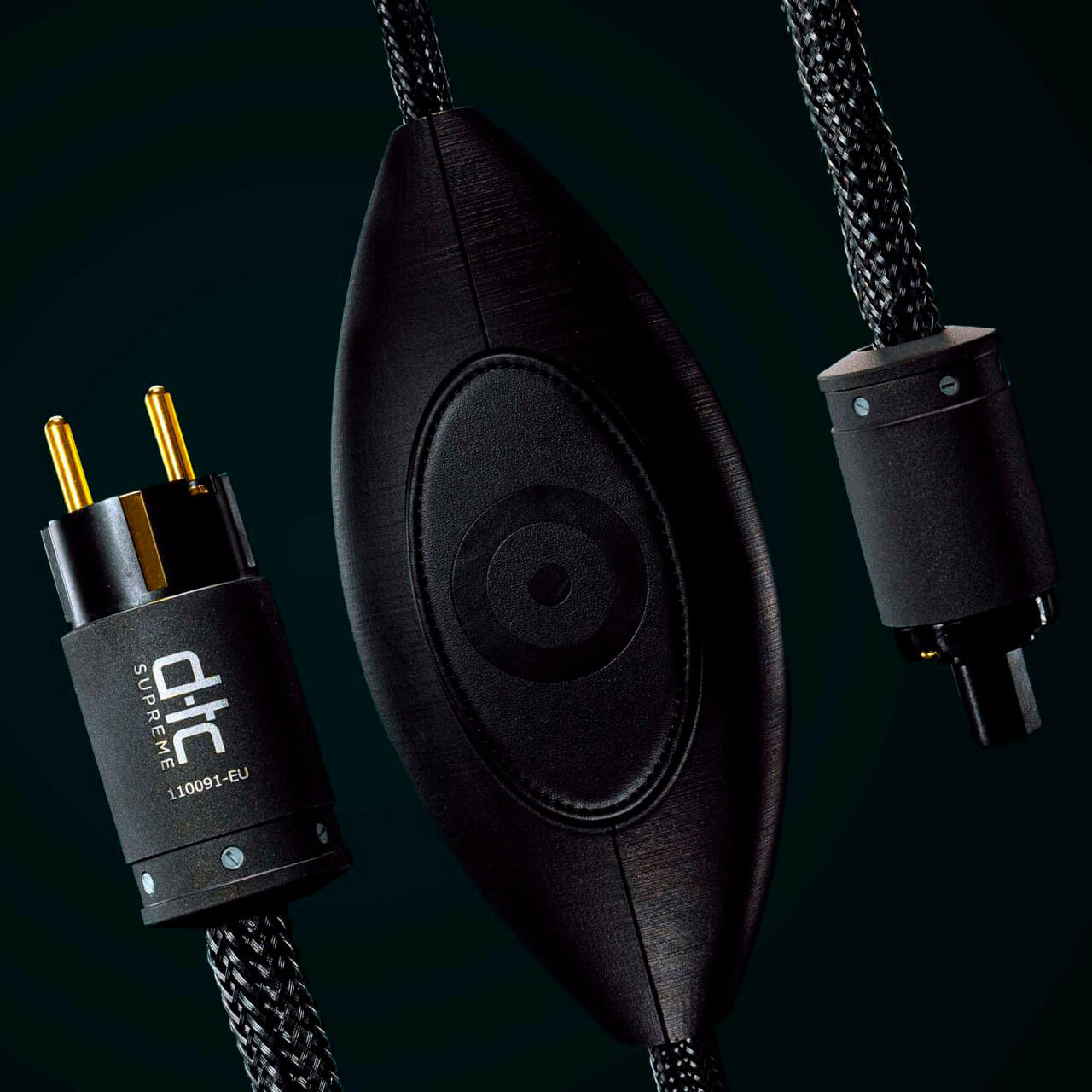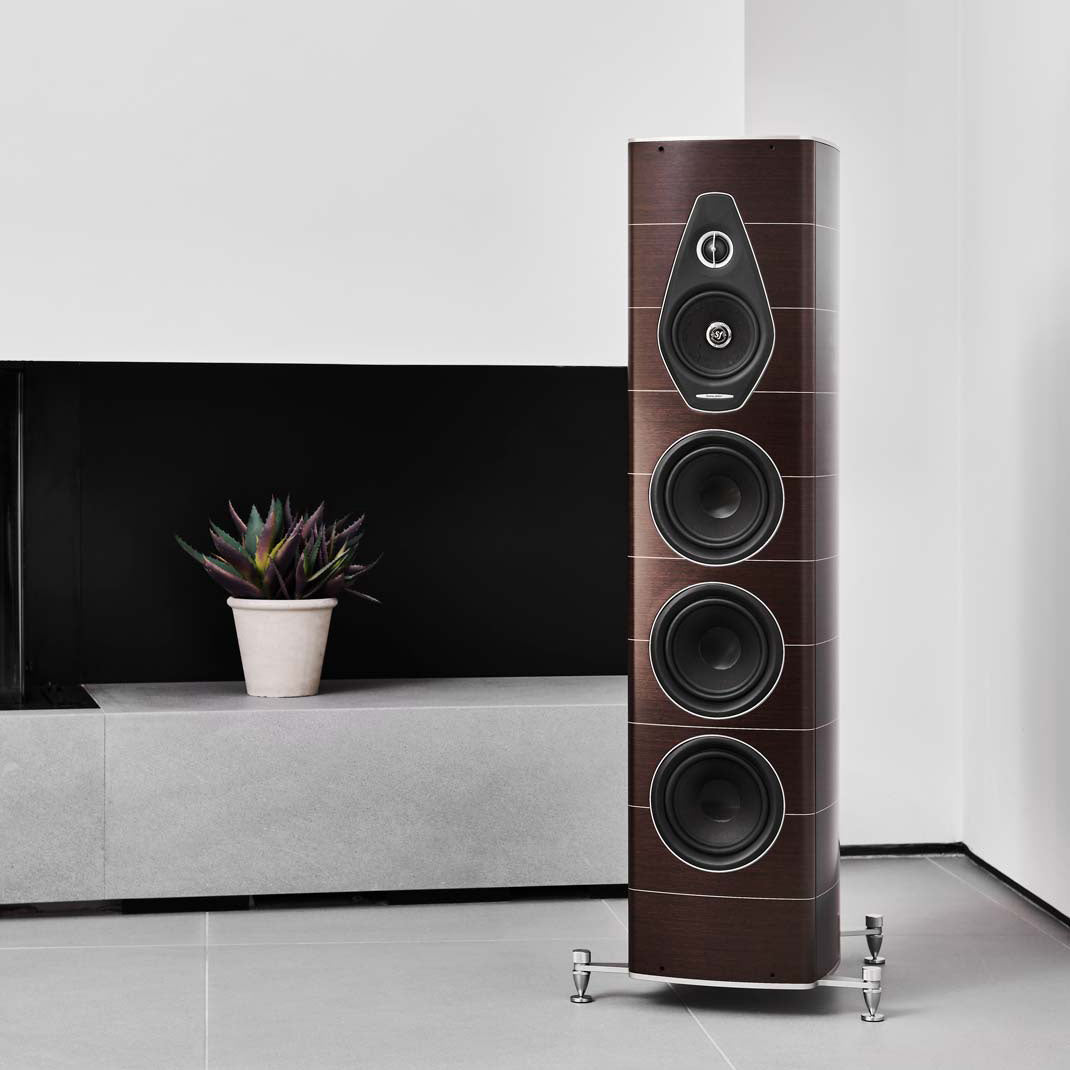Pladespilleren er populær som aldrig før, og det er med god grund. Det er nemlig sket utrolig meget siden den første pladespiller, som blev kaldt Fonografen og opfundet af Thomas Edison i 1877. Dengang lavede pladespilleren en mekanisk afspilning af en plade bestående af asbest og shellak, og lyden gik fra pickuppen ud i en tragt, der agerede højtaler. Indspilningen gik den anden vej, hvor musikken blev optaget af tragten, der sendte musikken ned i en skærenål, der lavede de riller der så senere skulle afspilles.
Spol frem til i dag, hvor pladespillerne lyder bedre end nogensinde, er blevet lettere at komme i gang med, og pladerne består nu af helt uskadeligt vinyl helt. Afspilningen af rillen er den samme, men pickuppens bevægelser bliver nu til strøm, der laves i pickuppen og sendes videre til en forstærker. Dermed bliver lydgengivelsen så god, at den af mange opfattes som det bedste.
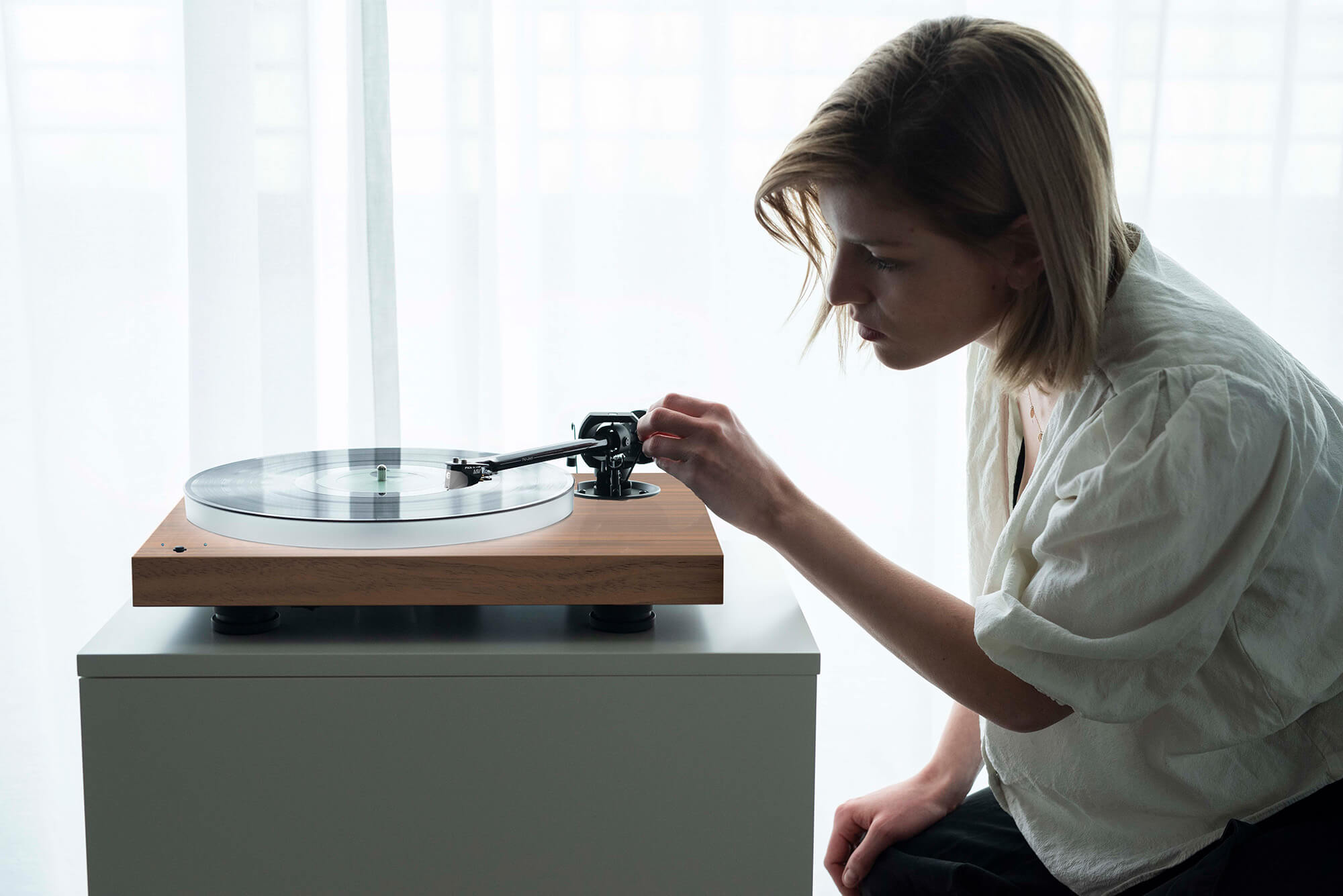
Sådan kommer du i gang
Du kan starte med en pladespiller til 3000 kr. og få en rigtig fin allround gengivelse og dertil en nem opsætning og nem betjening. Nogle dyre pladespillere er afhængige af, at du har en erfaring og dygtighed omkring opsætning, da de nærmest kommer som samlesæt, hvor man så selv, med en pandelampe, en våd avis og en tommestok, kan foretage justeringen. Men du kan også vælge en toppladespiller fra en af de producenter, der har ekspertisen og udstyret til at levere pladespilleren justeret, præcis som den skal være. De tider, hvor pladespillere var kompliceret er ovre.
LÆS OGSÅ: Indstil din pladespiller korrekt
Hvorfor skal jeg købe en pladespiller?
En pladespiller i en god kvalitet kan levere en lyd, du sjældent hører på kilder som streaming eller CD. Pladespilleren har en helt karaktertisk varm og analog lyd, og derfor vil du ofte opleve, at hjernen slapper af og du får en anden og bedre oplevelse af musikken. Pladespilleren er også en trofast og pålidelig afspiller, der ikke er afhængig af internet, bluetooth forbindelse eller andet sort magi, som vi ikke har magt over. Pladespilleren spiller, når du sænker pickuppen ned på pladen, ganske enkelt.
Med en pladespiller kan du også dykke ned i millioner af LP`er, som er fra dengang musikken var i original master kvalitet og ikke kopieret. At LP’erne kan fås til beskedne penge i dag, og der stadig udgives LP`er, er alt sammen med til at gøre, at pladespilleren er en nutidig og attraktiv musikgengiver.
Til sidst er der begrebet fokus. I dag kan vi både se tv og høre musik gennem alskens streaming devices, og alligevel ”hører” vi ikke musikken. Den spiller bare derud i en lind strøm, uanset om vi træner, laver mad eller sover. Pladespilleren kræver derimod din opmærksomhed, og bare det faktum, at du skal finde pladen og lægge den på pladespilleren, er ofte nok til at du kommer ind i en tilstand med ro og fokus, som er nødvendig for, at du kan få den fulde oplevelse af det musikerne ville med musikken.
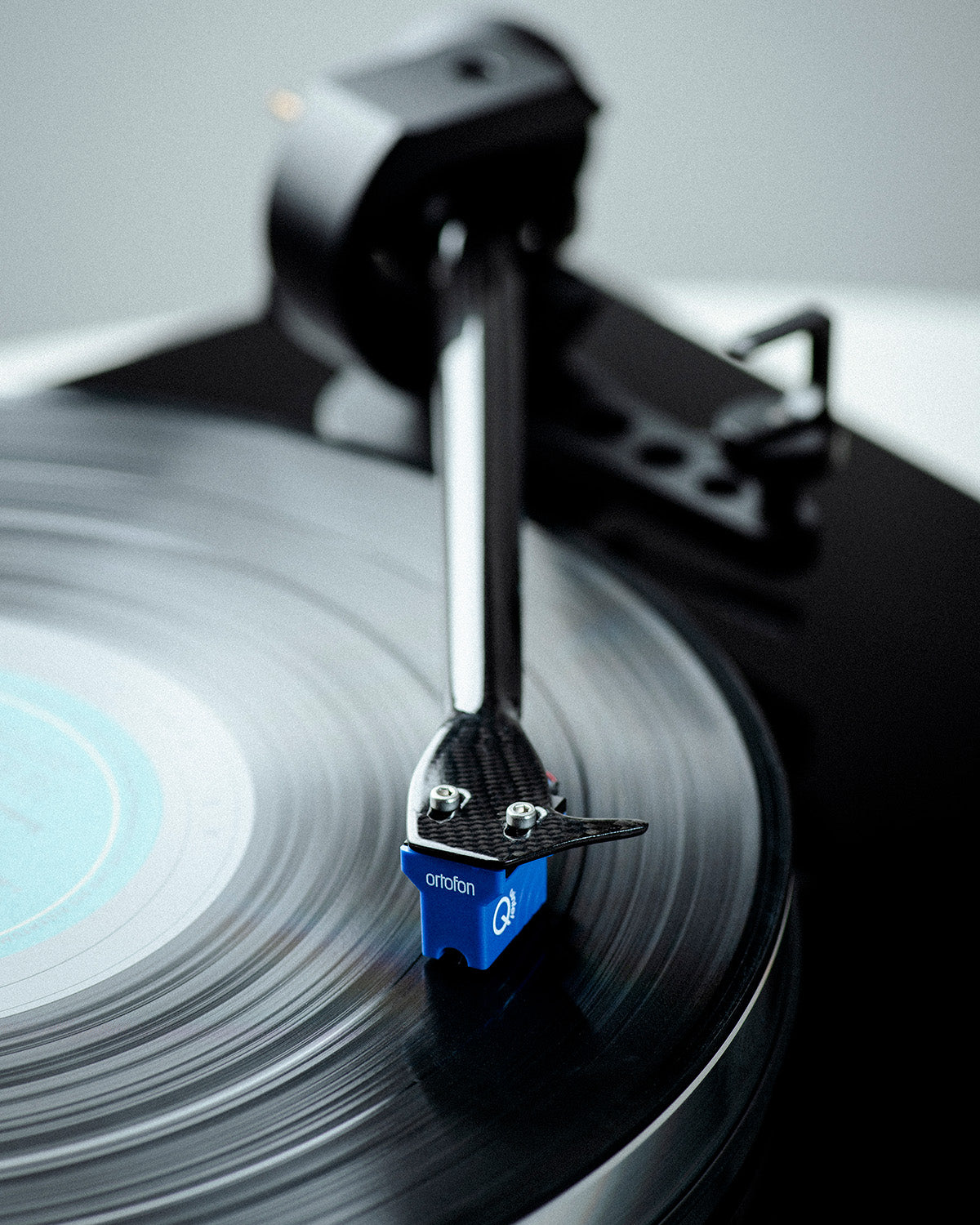
Ortofon Quintet Blue MC
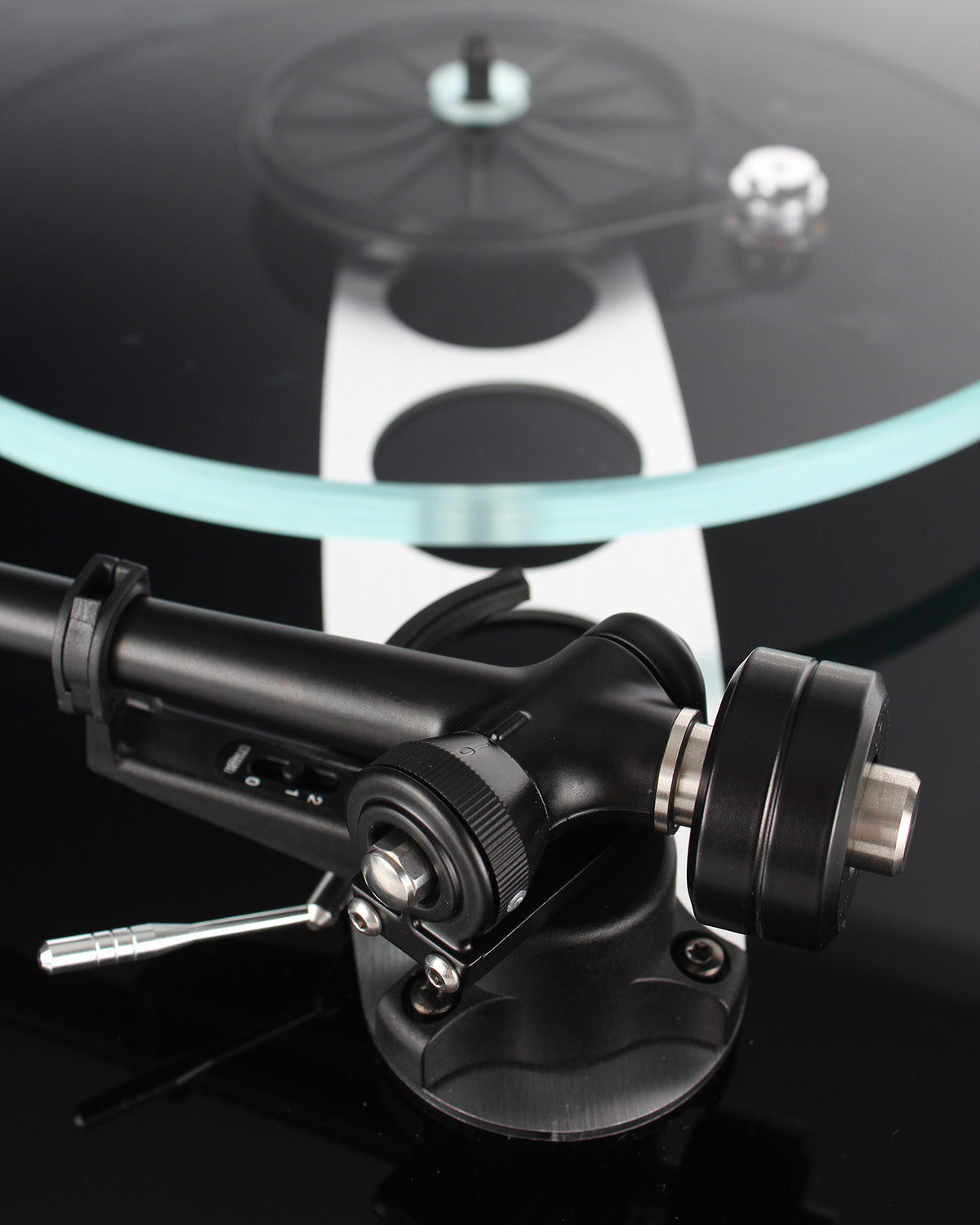
Rega RB-330 Tonearm
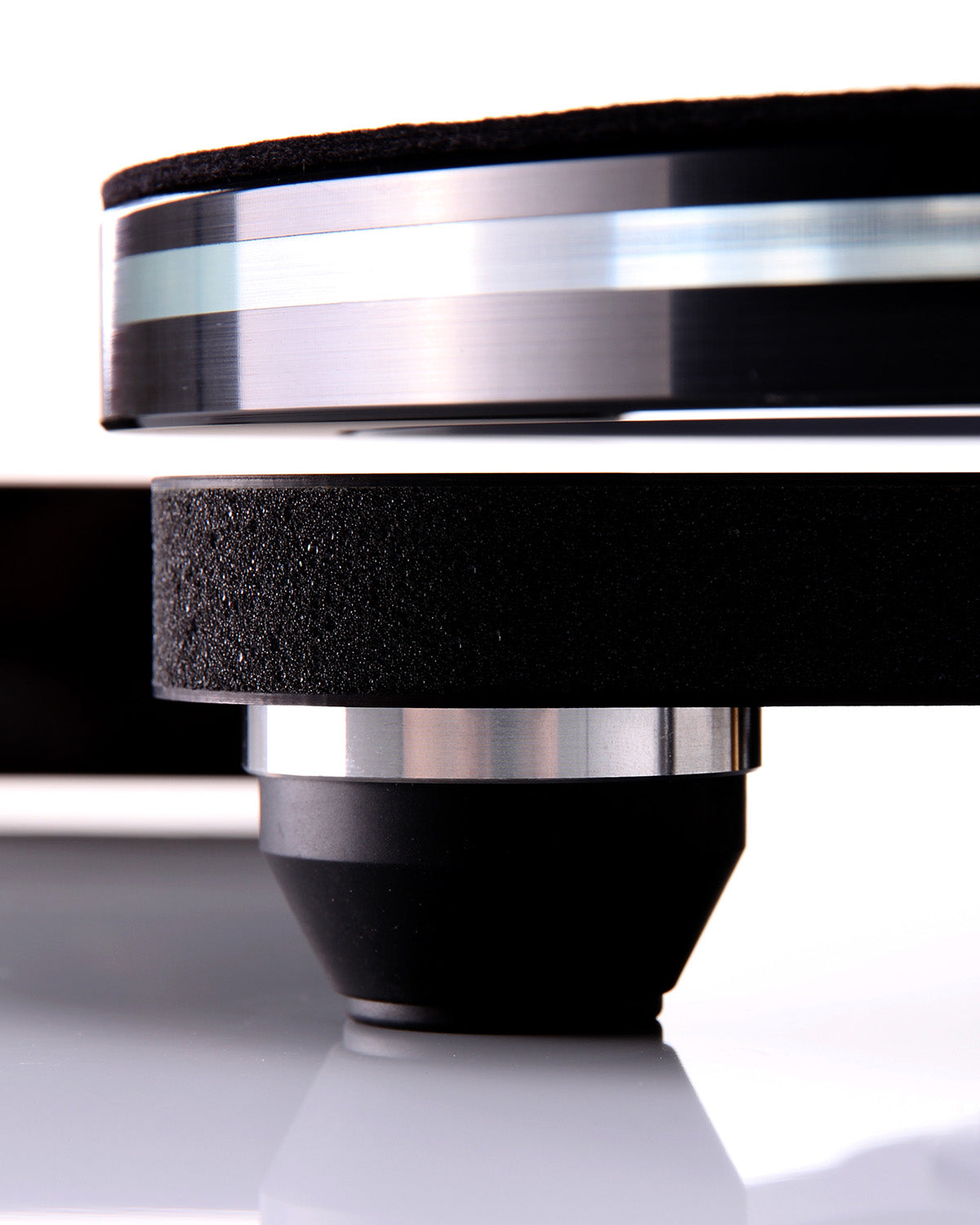
Rega Planar 8
Hvilken pladespiller skal jeg vælge?
Du kan få en udmærket pladespiller for 3000 kr ligesom man kan få pladespillere til absurde priser. Grundlæggende bør forskellen på billige og dyre pladespillere være, at jo dyrere de bliver, jo mere præcise, støjsvage og velspillende er de. Og præcision er vigtig, når man opererer med rillebevægelser helt ned til få tusindedele af en millimeter.
Der er frit valg mellem ”plug and play” løsninger, hvor producenten har monteret pickup eller saml selv løsninger, hvor det kræves, at man ved hvad man gør, når pladespilleren skal sættes op. Få rådgivning af os inden du køber, så du får det rigtige til lige netop dit anlæg og dit behov.
Hvad er forskellen på en dyr og billig pladespiller?
Typisk vil det være bedre tonearm, bedre motor, bedre tallerken og bedre plint. Bedre vil betyde, mindre slør, mindre støj, højere præcision alt sammen for at aflæse pladen uden, at påvirke lyden med unoder så som forvrængning og dårlig gangkonstans. En dyr pladespiller er ikke nødvendigvis bedre end en billig, hvilket gør det klogt, at få dem demonstreret i forretningen. Indenfor et mærke, må man dog antage, at den dyreste er den bedste.
En huskeregel er, at jo mere automatik til en given pris, jo ringere lyd får man, sammenlignet med en manuel pladespiller i samme prisklasse.
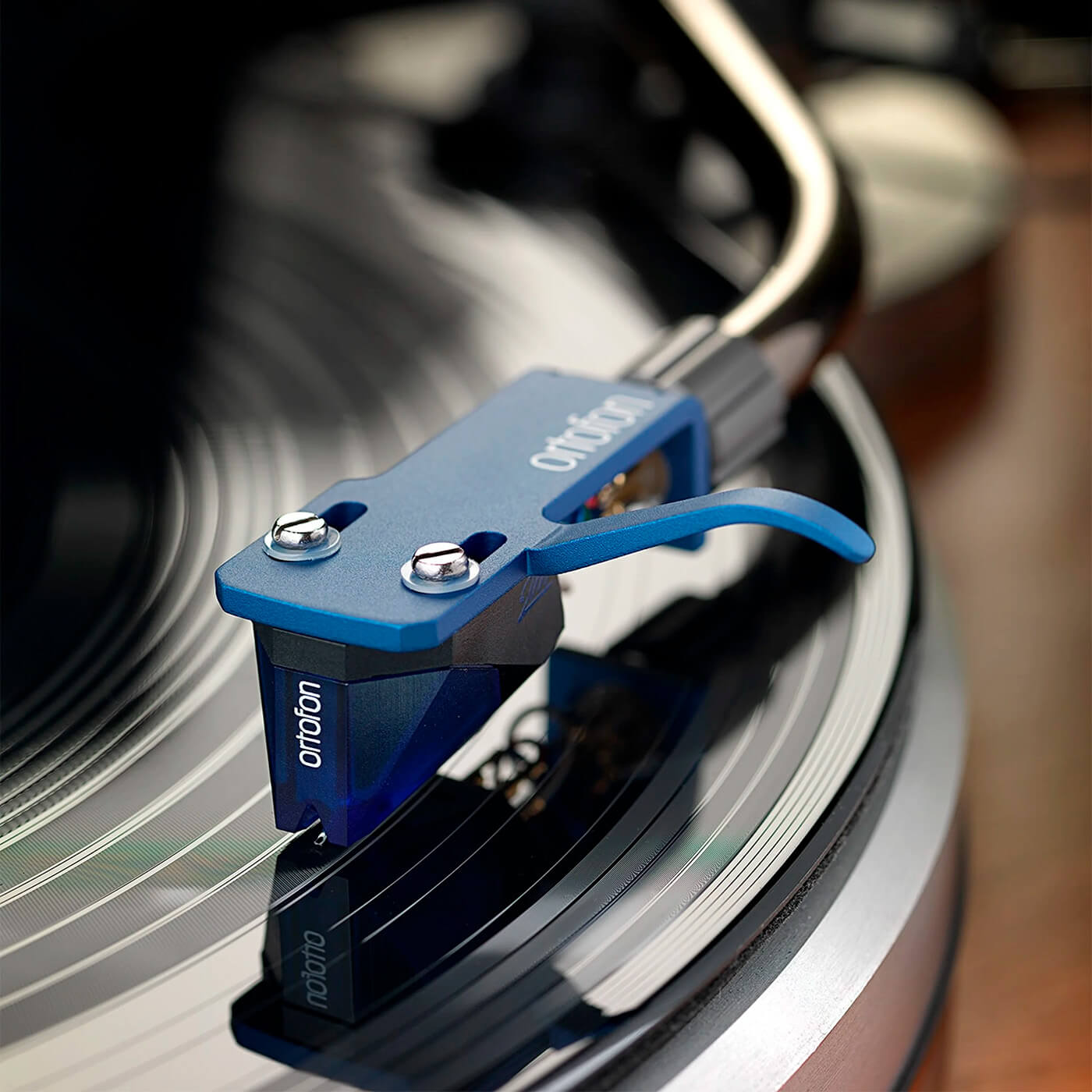
Pickupper - forkæl din pladespiller
Har du lyst til at løfte lyden fra din pladespiller, kan en ny pickup kan gøre underværker. En pickup er den lille ”klump”, der skal sidde i spidsen af tonearmen. Pickup huset laves typisk af metal, plastik eller træ og fungerer som indpakning af det indre, der genererer lyden. Hovedsagligt er der 2 grupper pickupper, nemlig MM (moving magnet) og MC (moving coil).
Moving magnet vil være de billigste, da de er mindre krævende at samle. MC-pickupper vil derfor være i prisklasser, der fordrer en bedre pladespiller. Typisk vil pladespillere i prisklassen 3.000-15.000,- være/blive udstyret med en MM-pickup og dyrere pladespillere med MC-pickupper. Der er undtagelser og det kan godt betale sig, når man investere i en pladespiller, at købe så god en pladespiller som økonomien tillader og så spare lidt på pickuppen, da den alligevel, på et tidspunkt, skal skiftes.
Prisforskellene på pickupper skyldes ofte, at slibningerne på den lille diamant der sidder for enden af nålerøret, er forskellige. Jo finere diamanten er slebet, jo bedre (mere præcist) aflæser den rillen og får informationer op, som de mere primitive slibninger vil have besvær med.
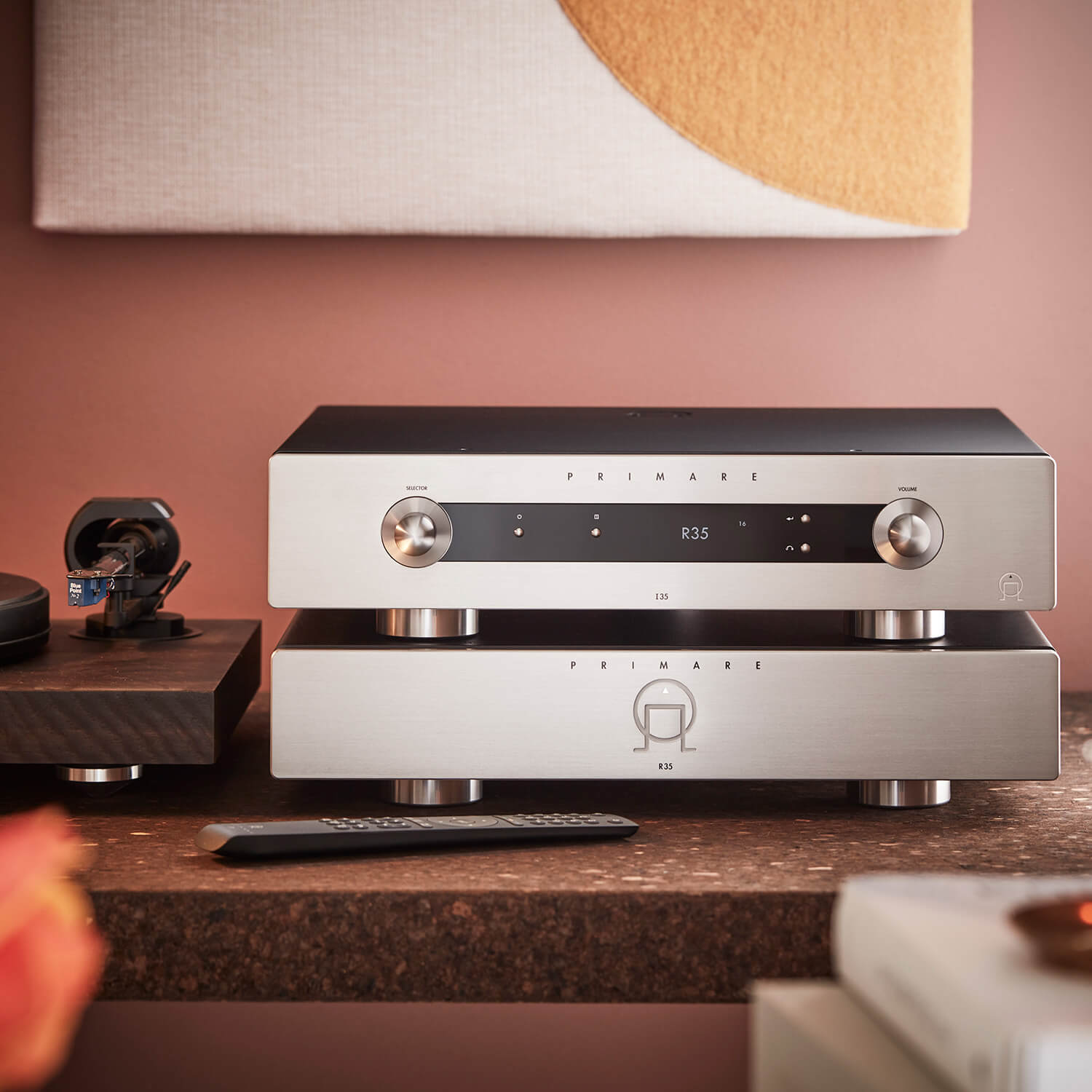
RIAA-forstærkeren - et absolut must
For overhovedet at kunne afspille en plade og få musikken ud i højttalerne, skal man have en forforstærker der, i denne sammenhæng, kaldes en RIAA forstærker. Den har to funktioner, den ene er at forstærke det meget svage signal der kommer pickuppen, den anden er at korrigere frekvenskurven.
Korrektionen er nødvendig, fordi man, når pladen skæres, er nødt til at sænke bassen (ellers hopper pickuppen ud af rillen) og hæve diskanten (for senere at fjerne sus og støj, når den sænkes igen). Med disse tiltag i skæreprocessen, er det selvfølgelig nødvendigt, at rette på lyden inden den kan afspilles med godt resultat, og det er lige netop det en RIAA gør, den genopretter frekvenskurven og forstærker signalet. Mange forstærkere har indbygget RIAA og sådan en indgang hedder typisk ”phono”.
Har du ikke en indbygget RIAA i forstærkeren, kan den købes separat og tilsluttes en almindelig linie-indgang på forstærkeren f.eks CD, AUX, TUNER. En udemærket MM-Riaa, kan erhverves for ca. 1000 kr., hvorimod en MC-Riaa koster en del mere og fungerer på samme måde, bortset fra dens endnu kraftigere forstærkning. Det skyldes, at en MC-pickup typisk har et langt svagere udgangssignal at sende ind i RIAA delen, og derfor kræver signalet en kraftigere forstærkning.
Tilbehør til pladespilleren
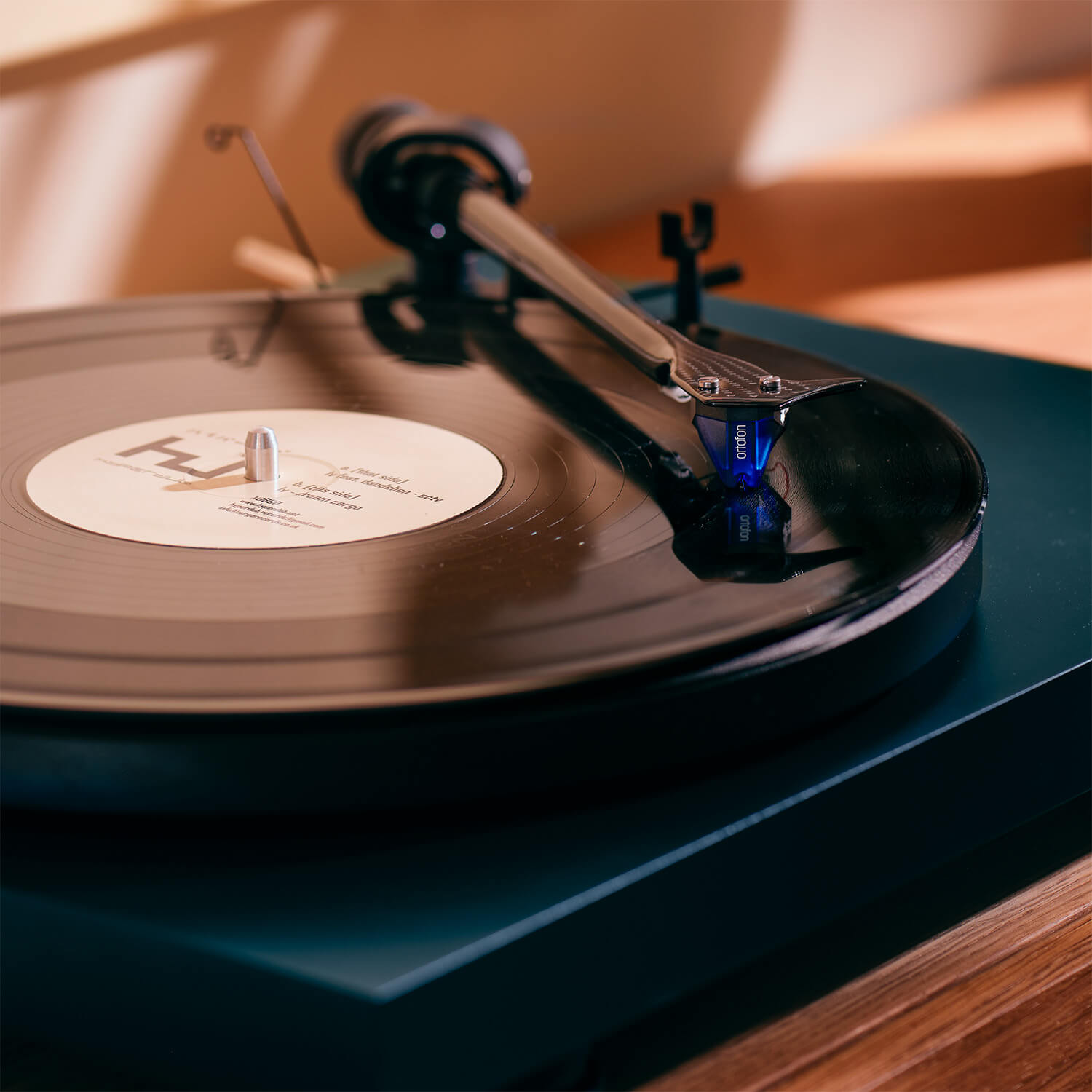
Pickupper til ethvert behov
Forkæl din pladespiller med en pickup, der passer til lige præcis dit behov. Vi hjælper dig selvfølgelig gerne med at finde den rigtige og med monteringen.











